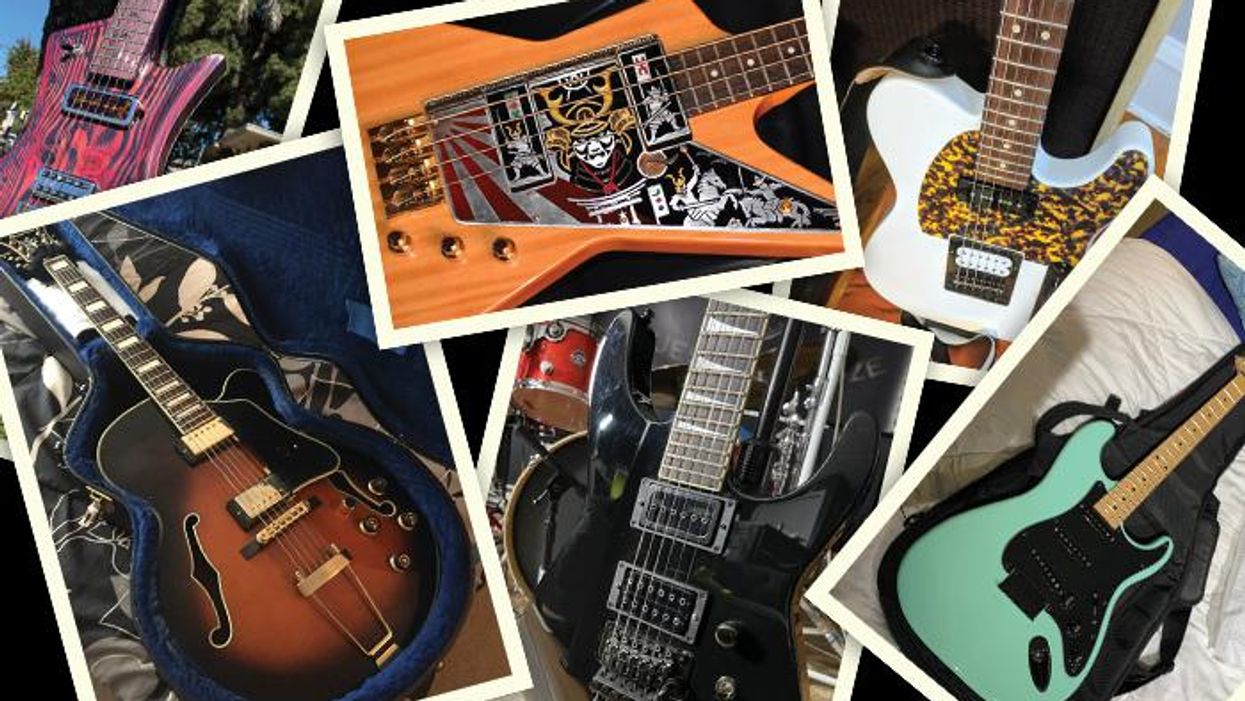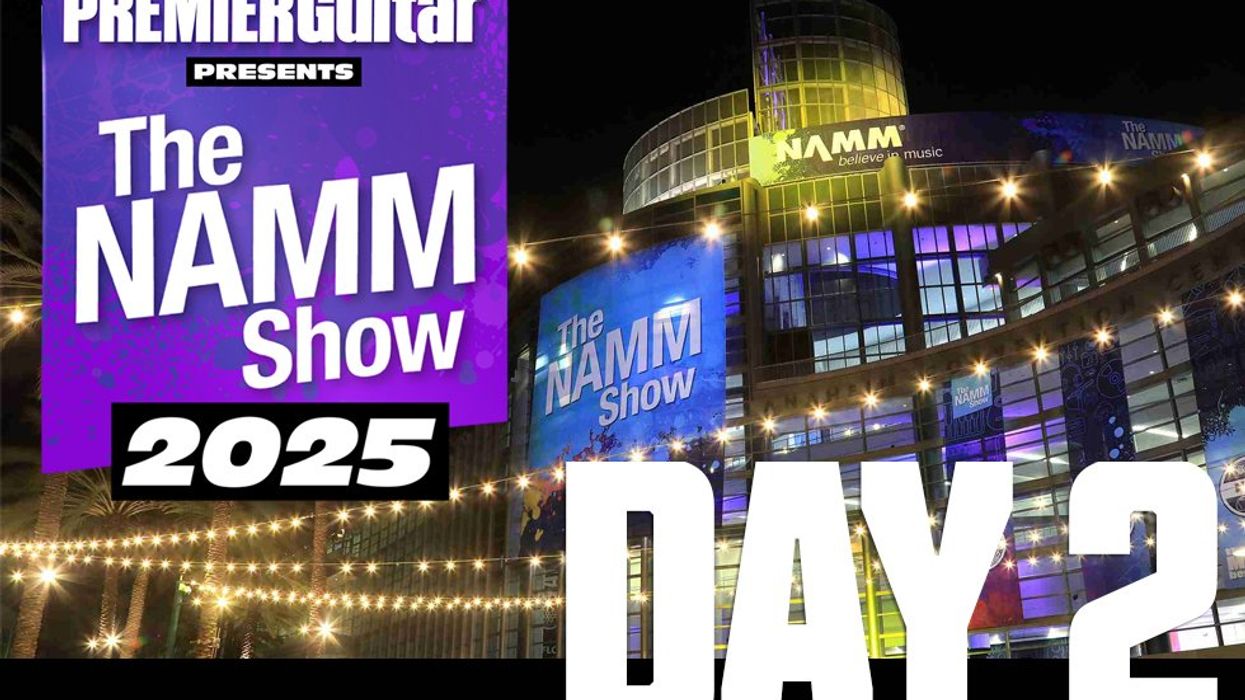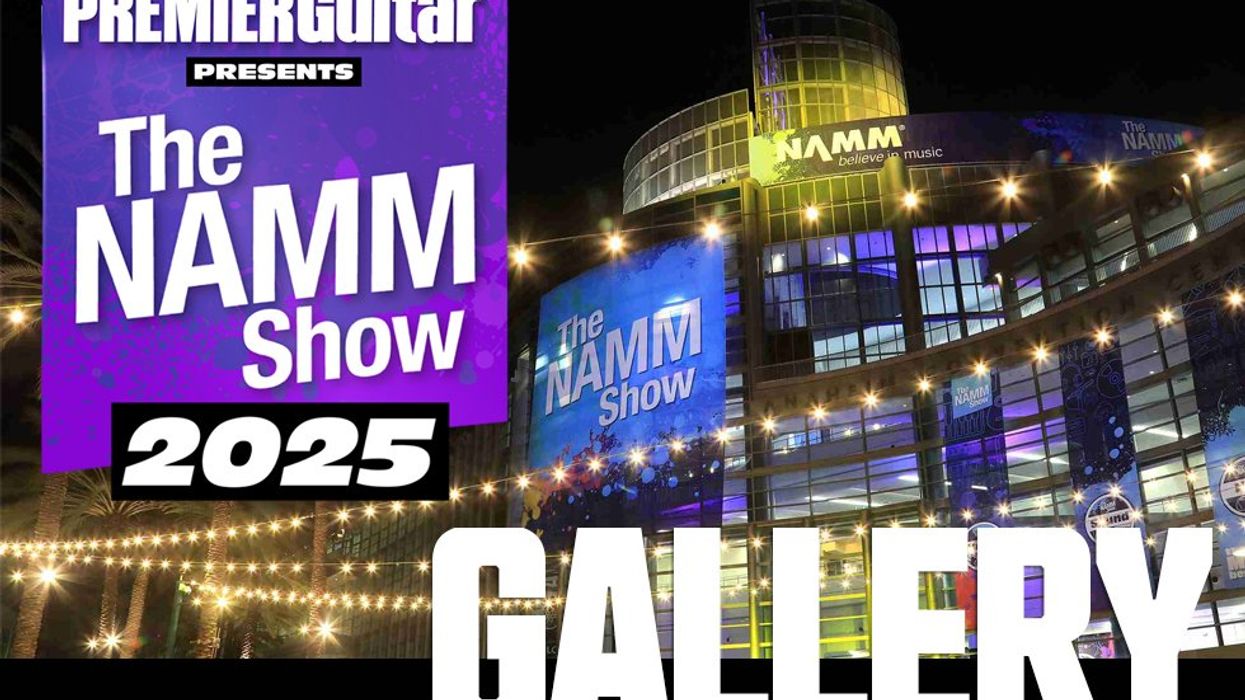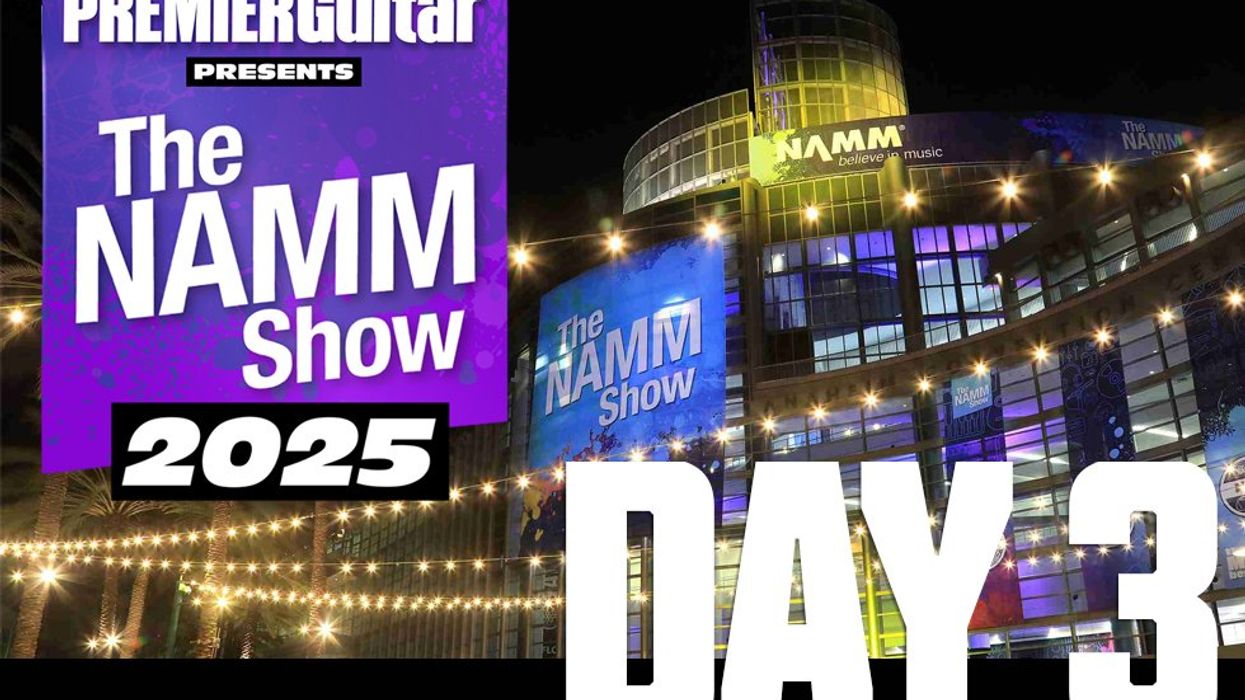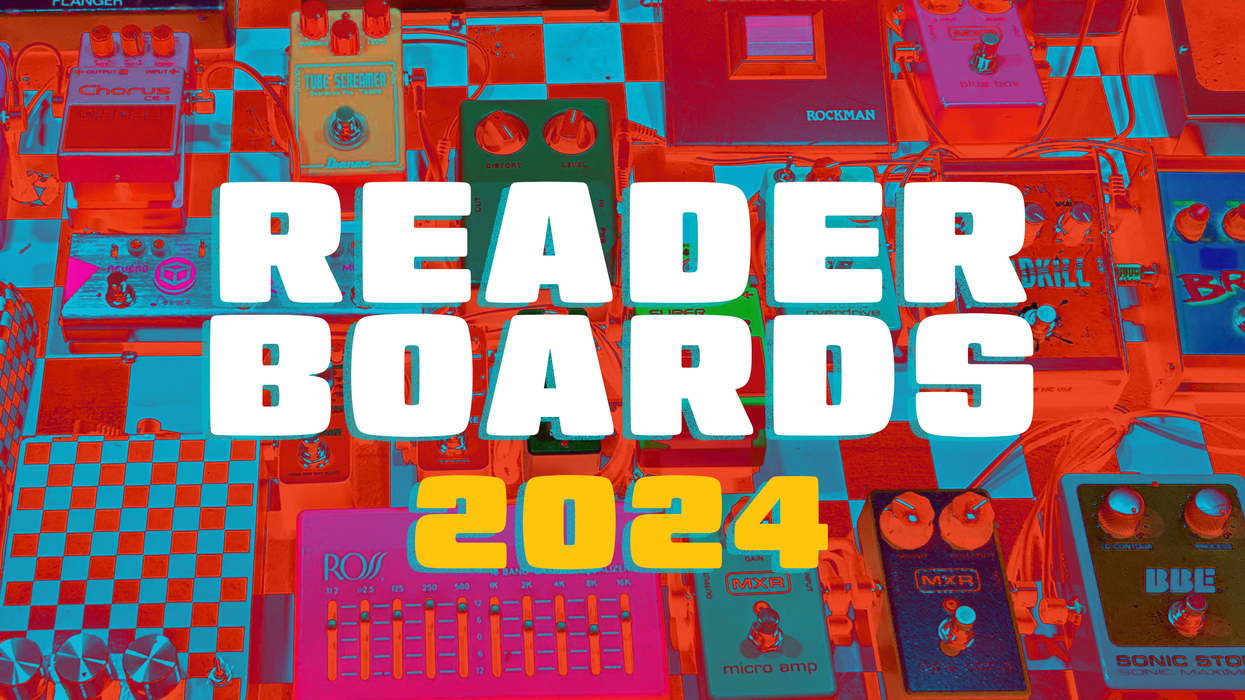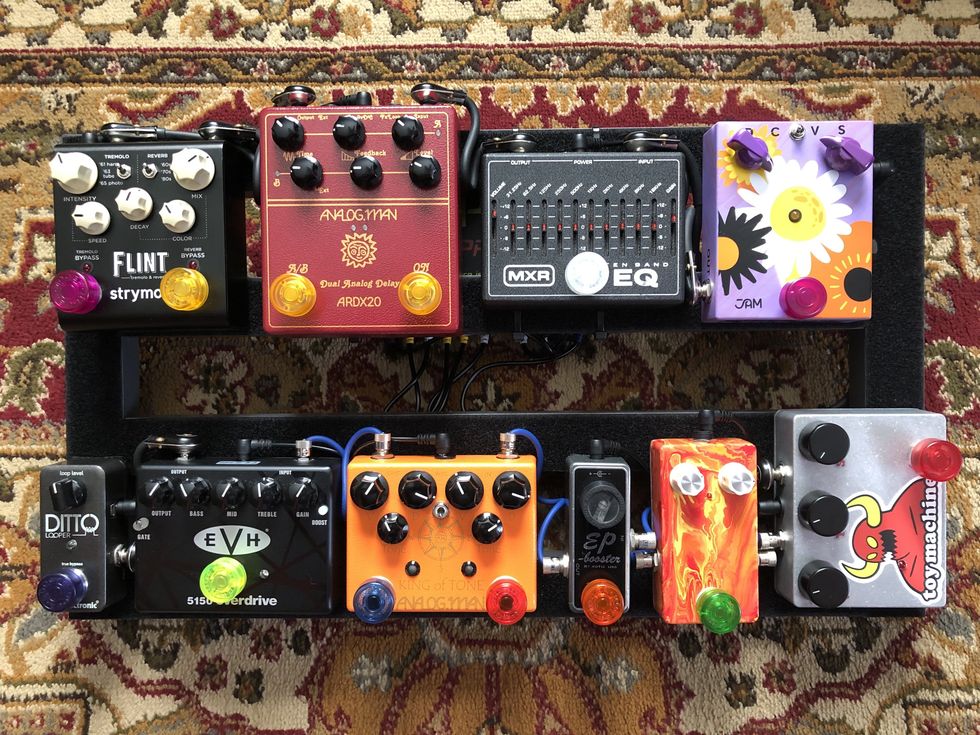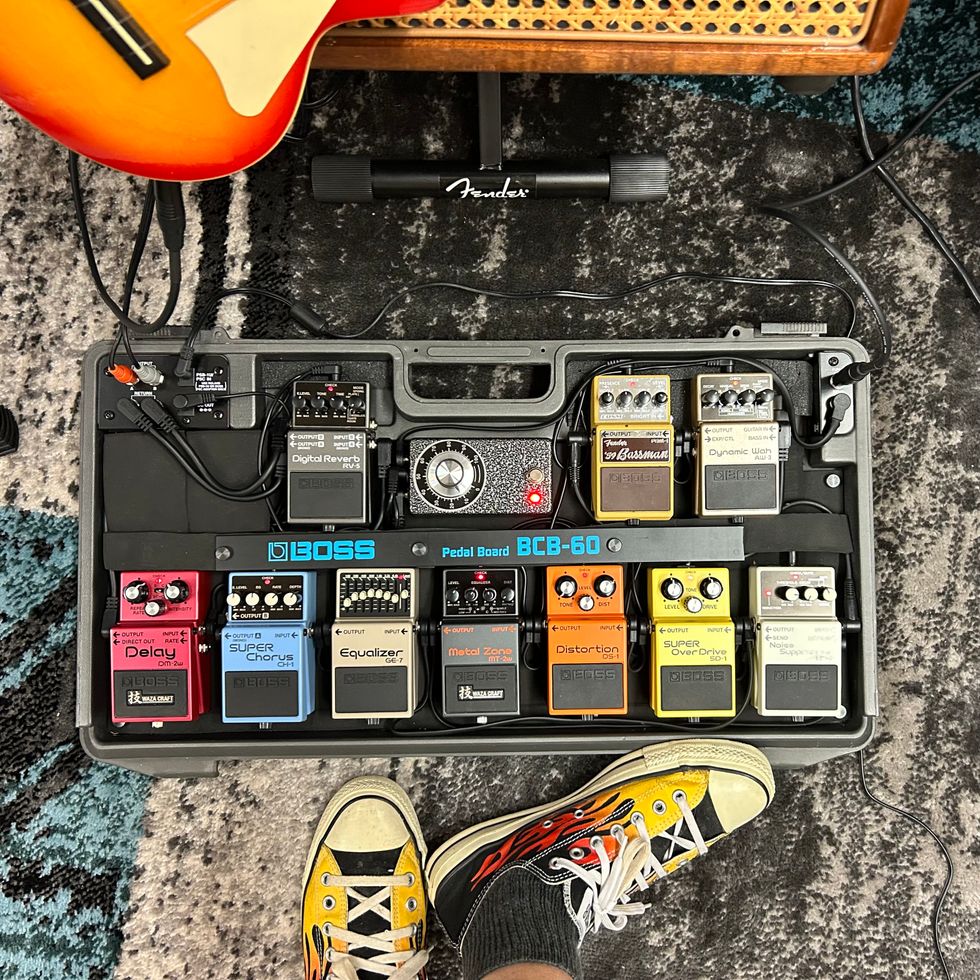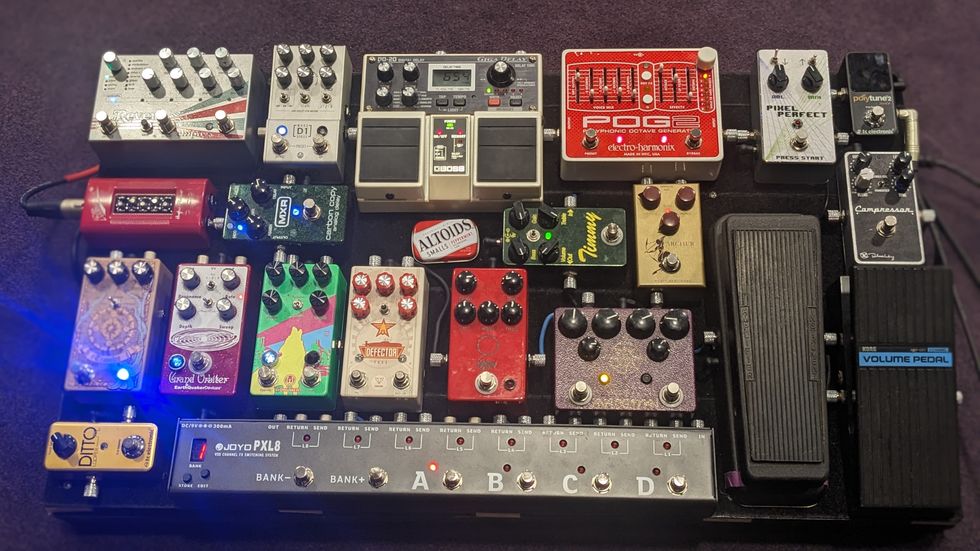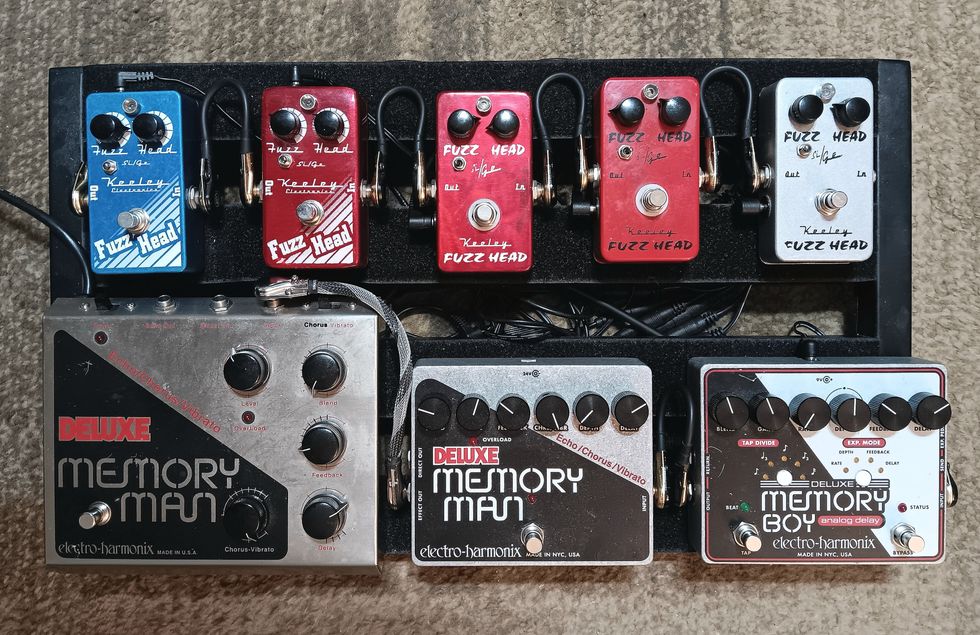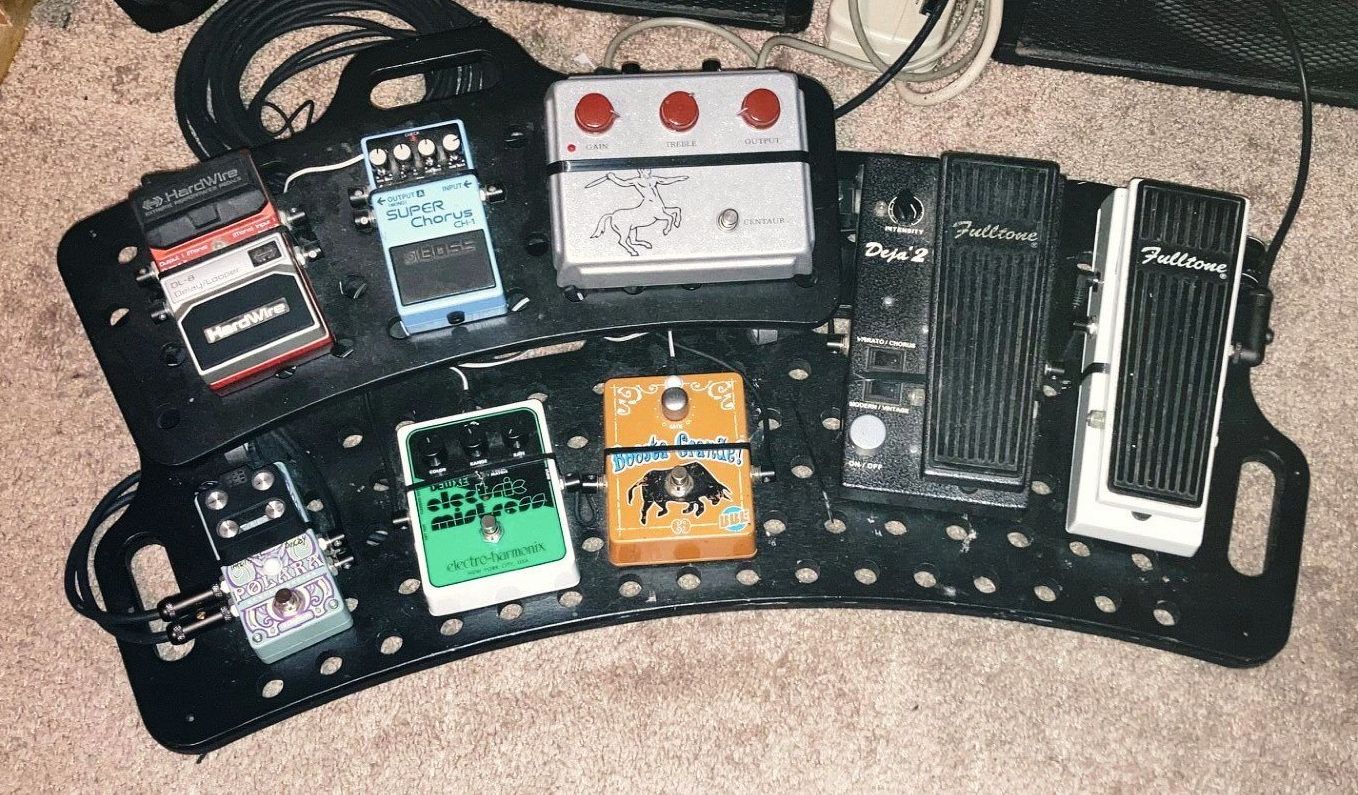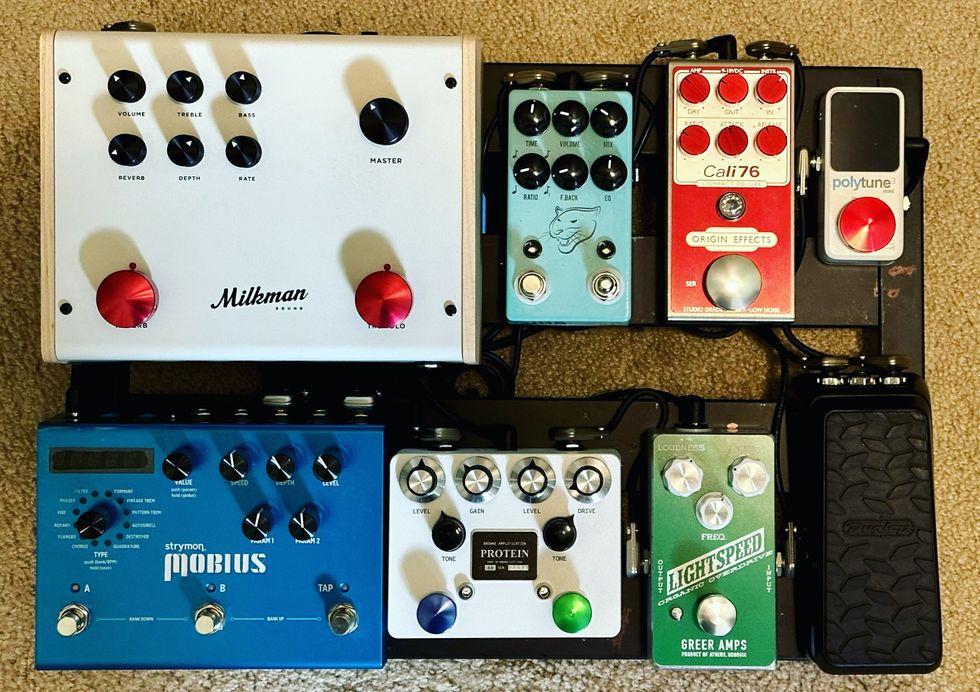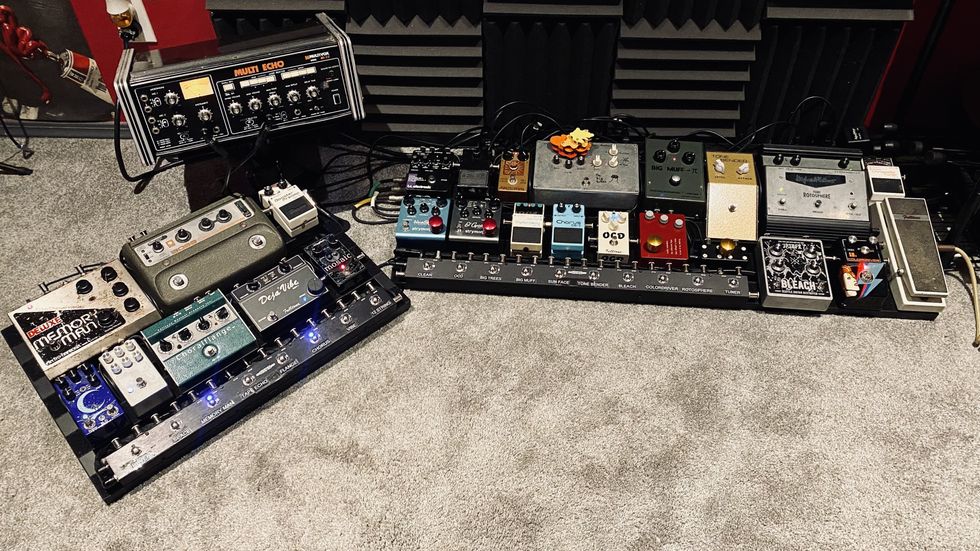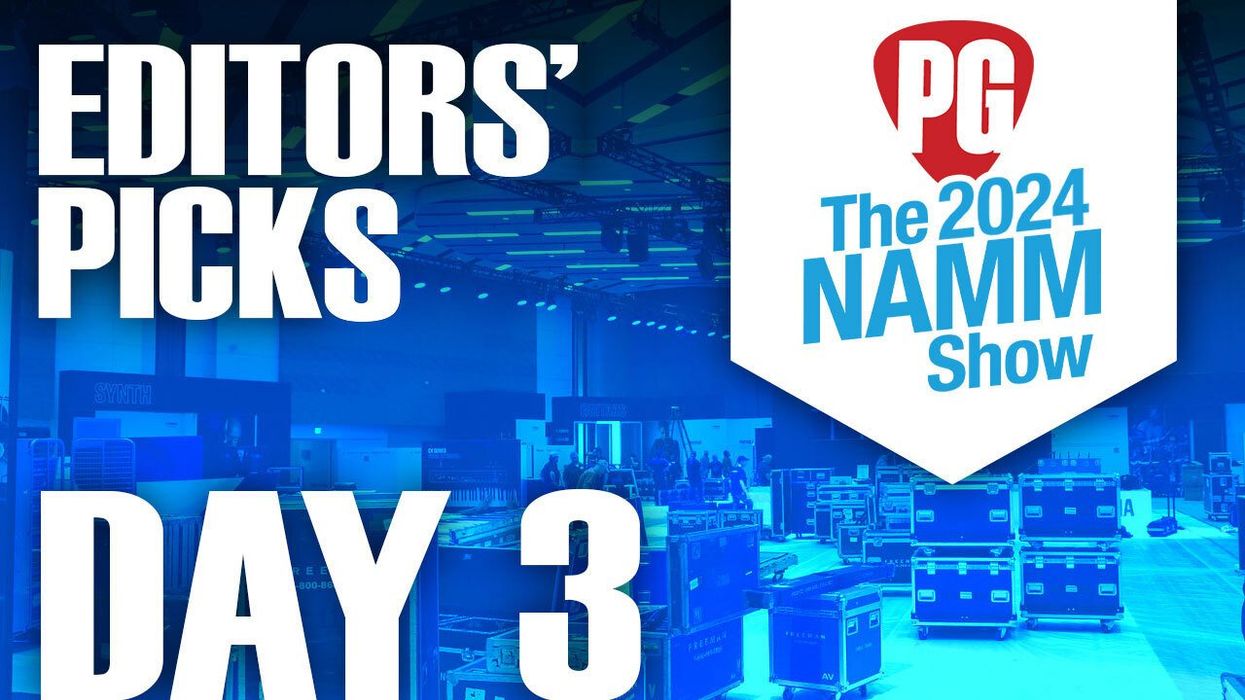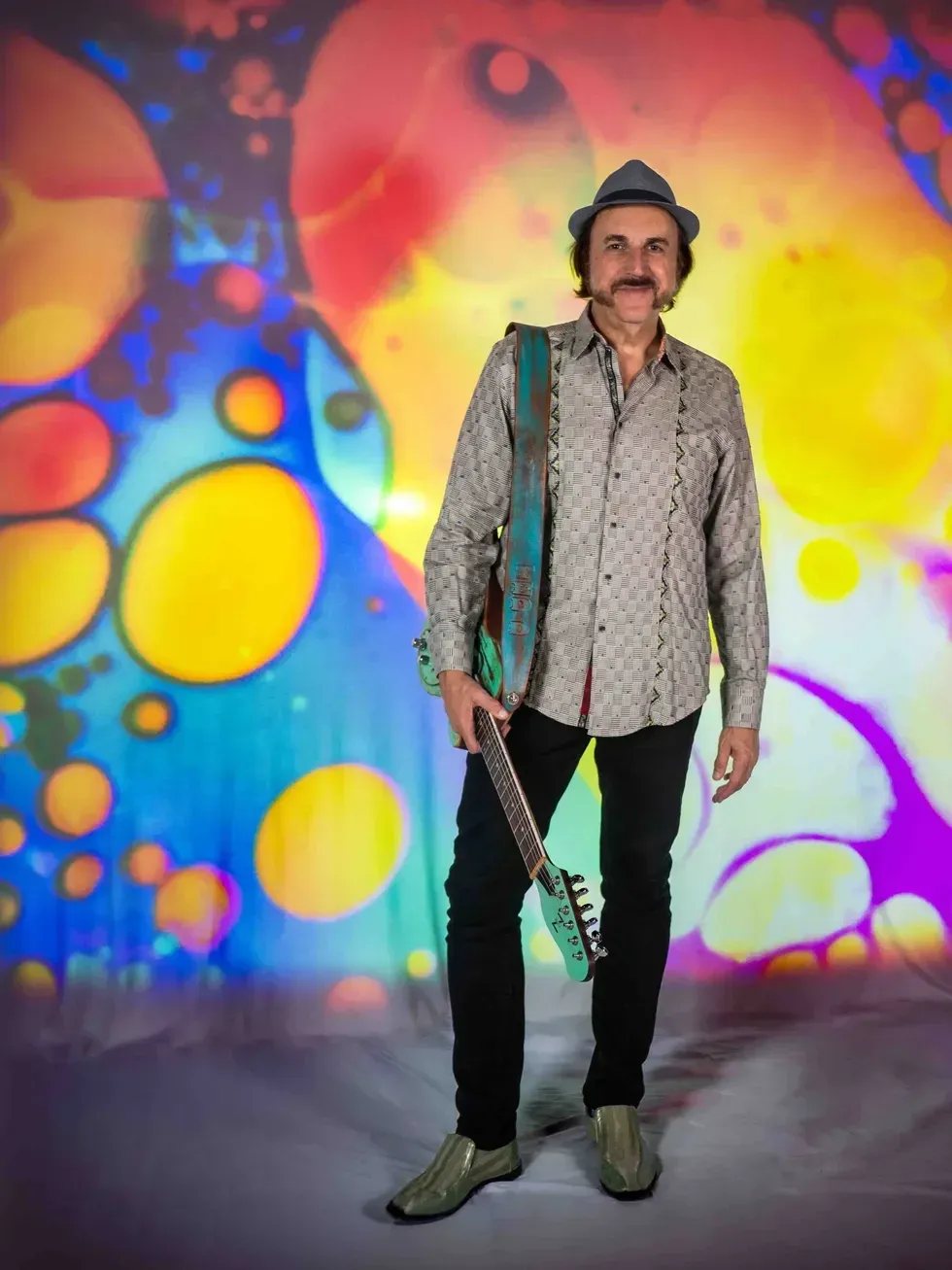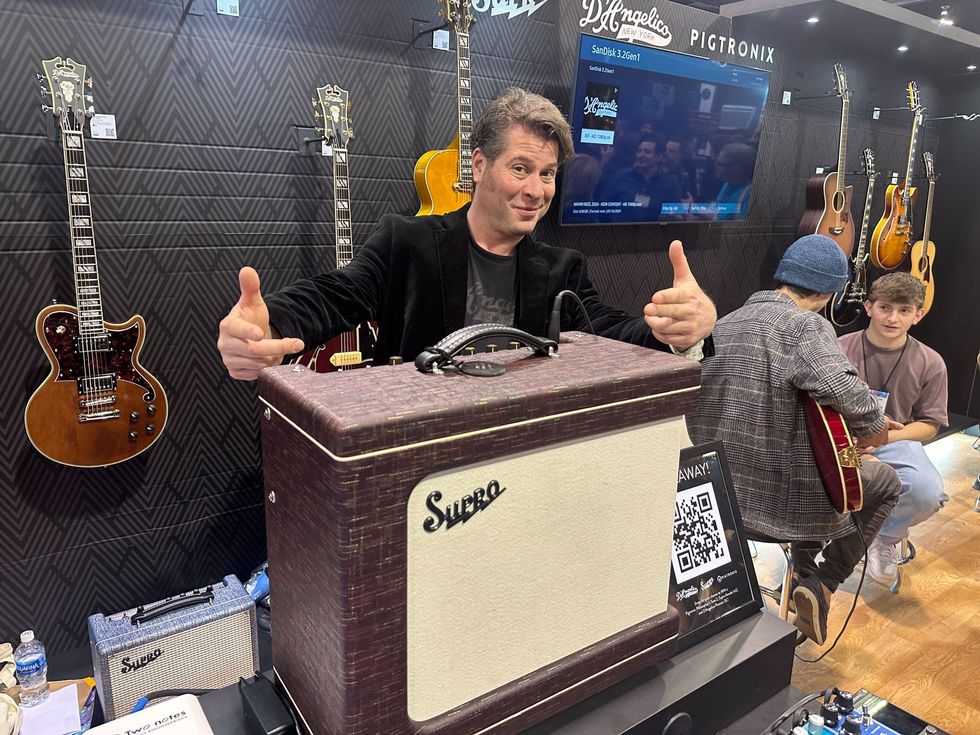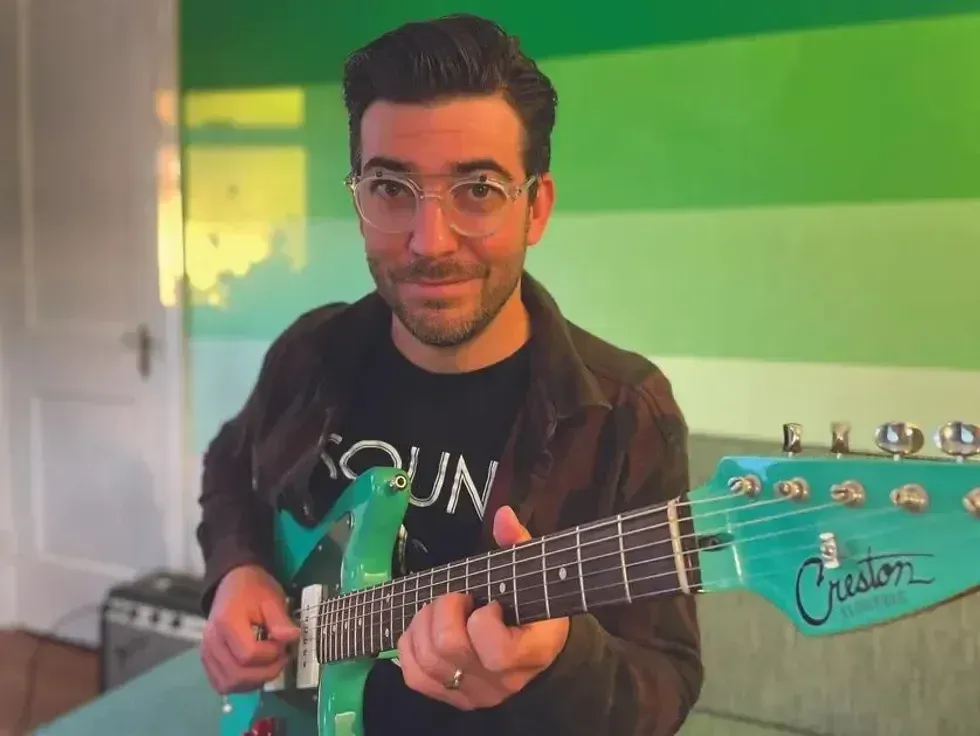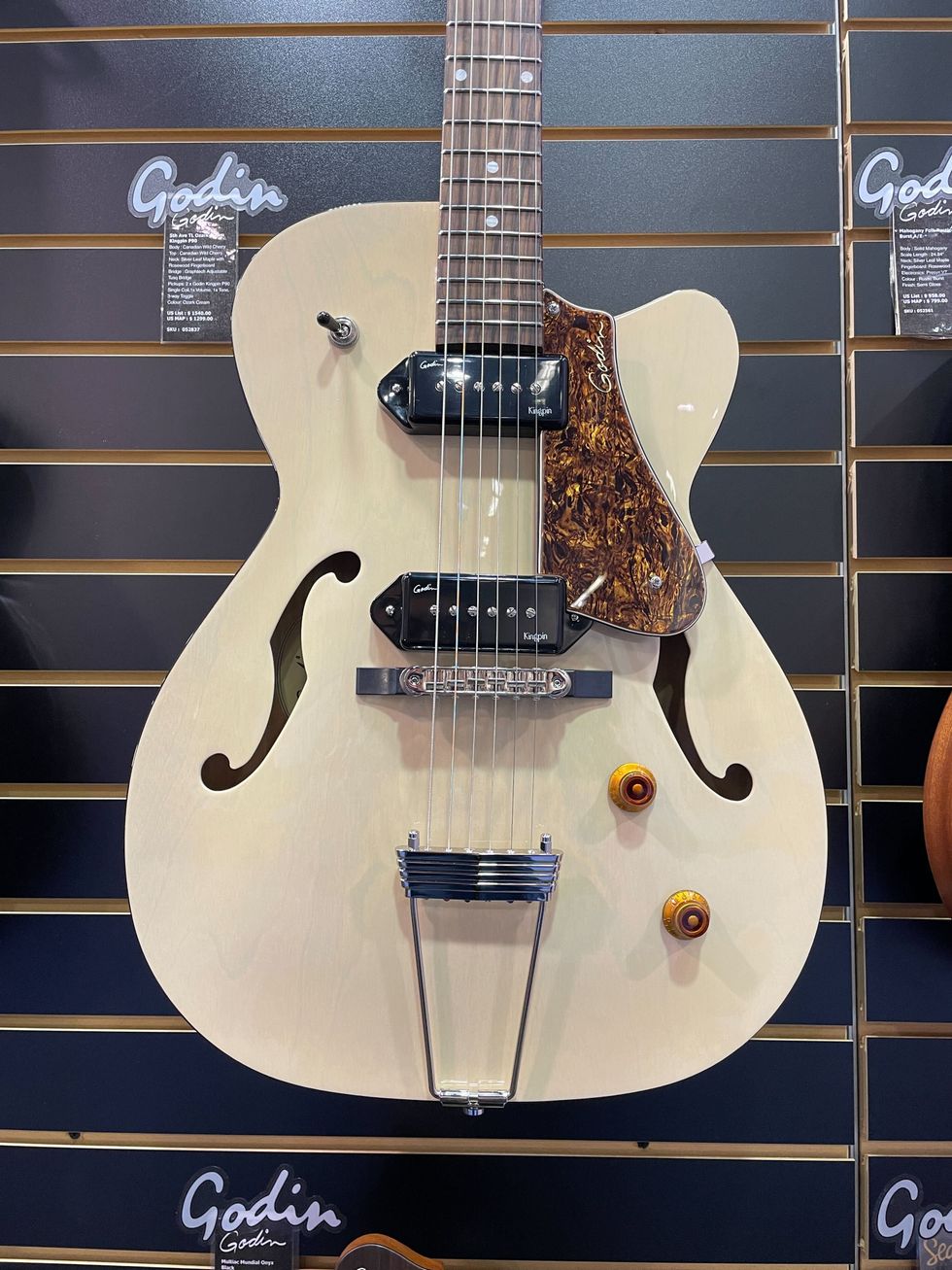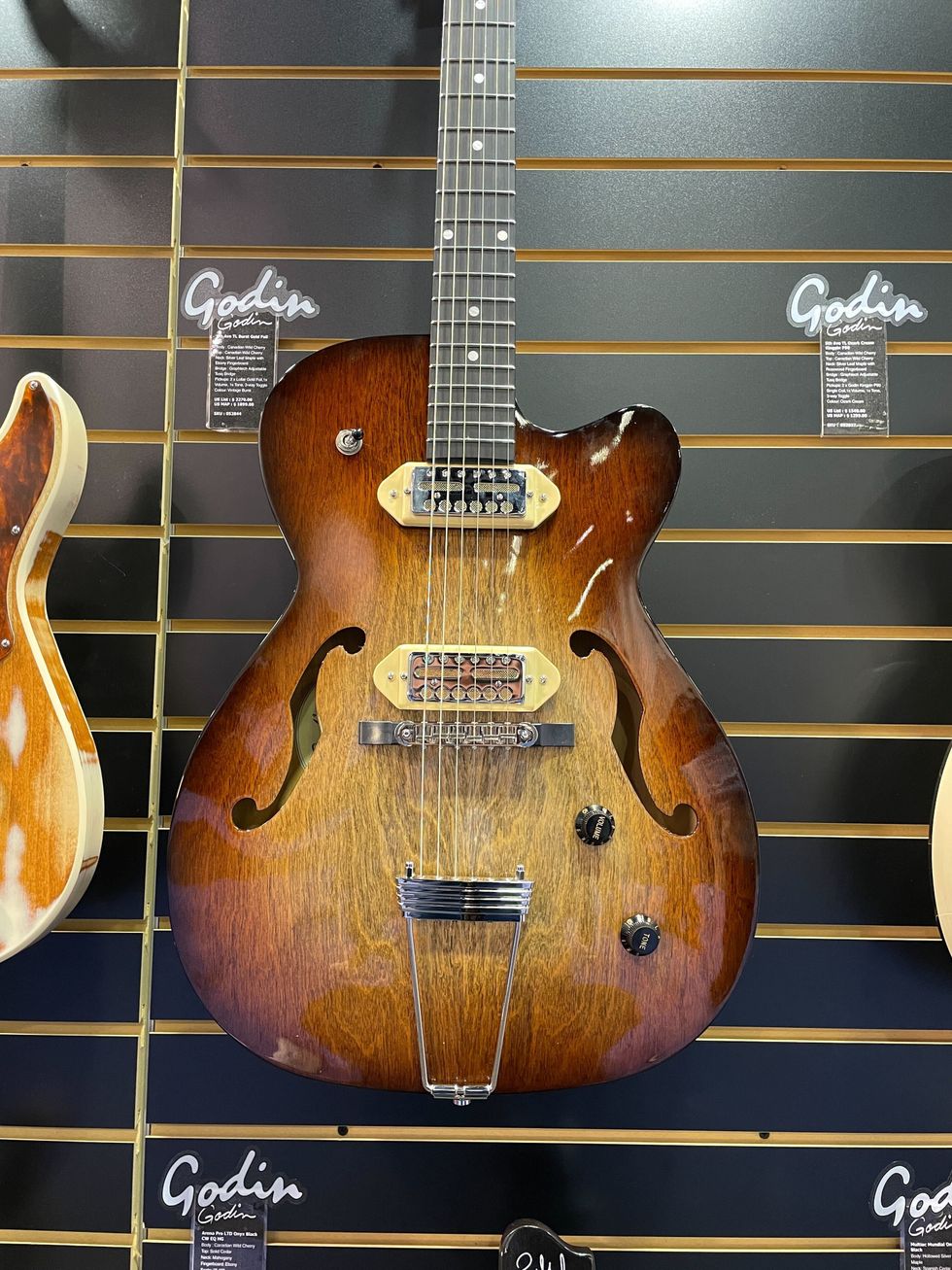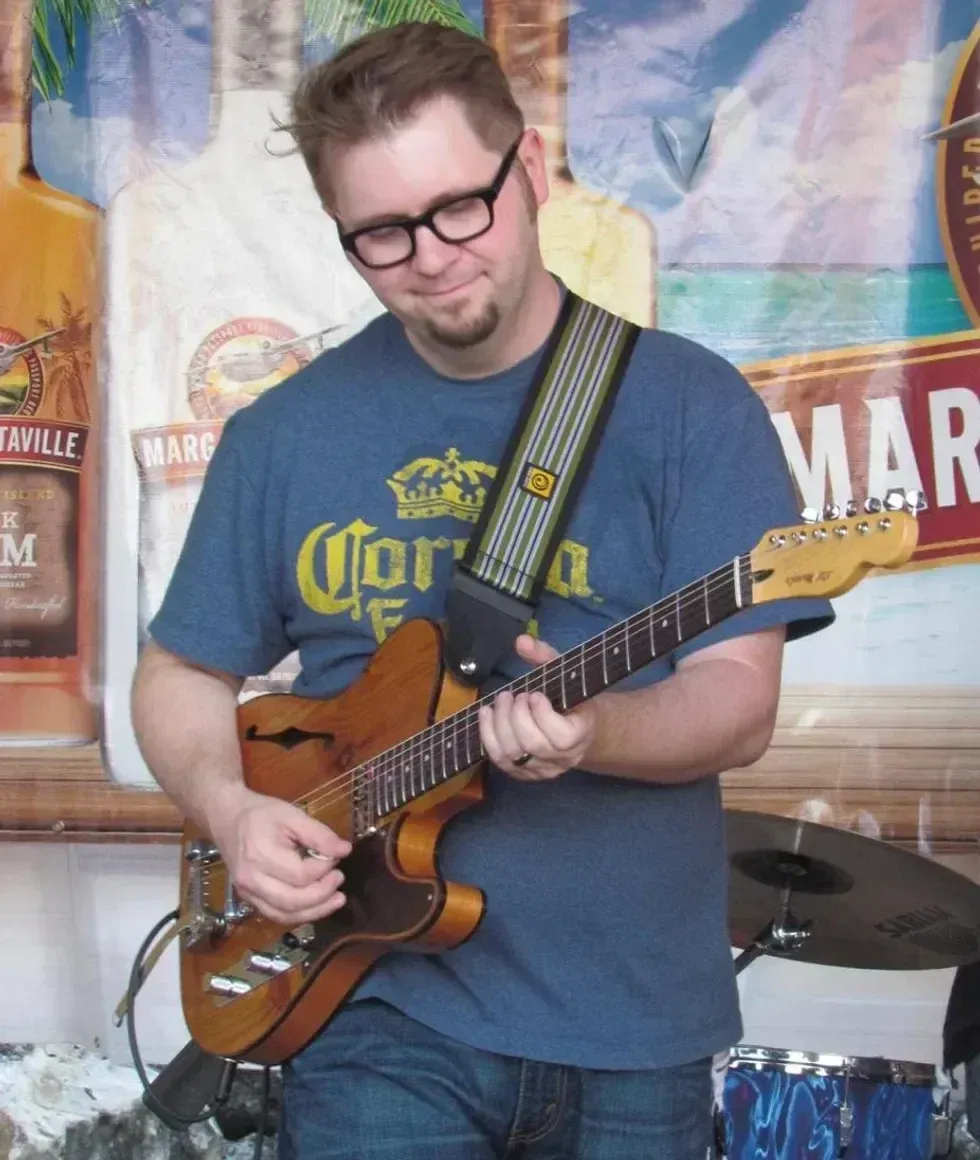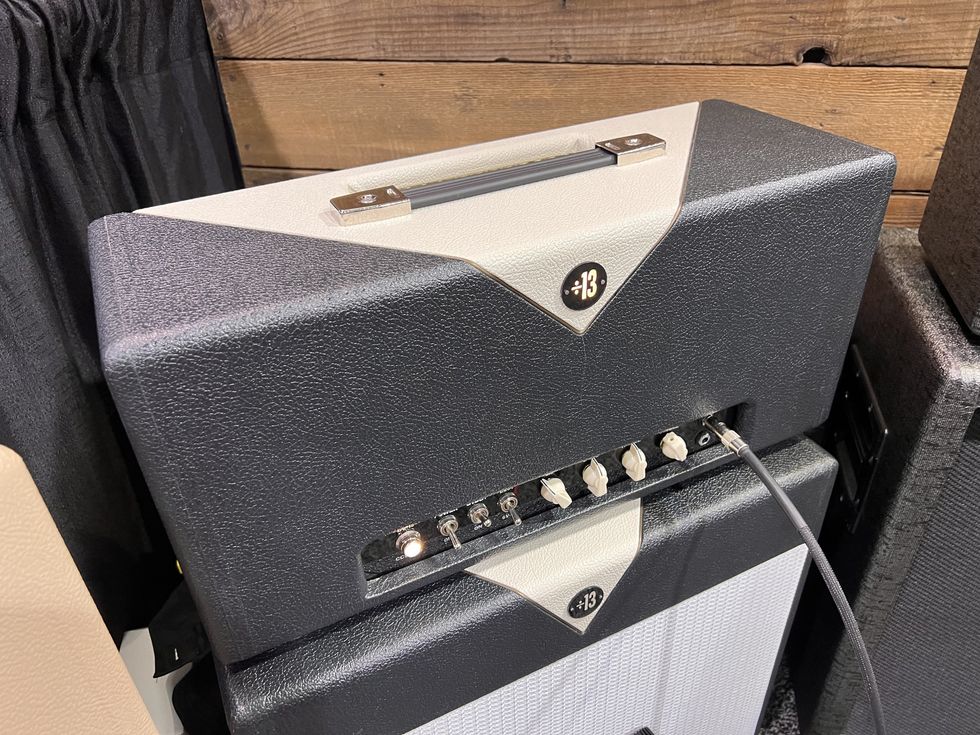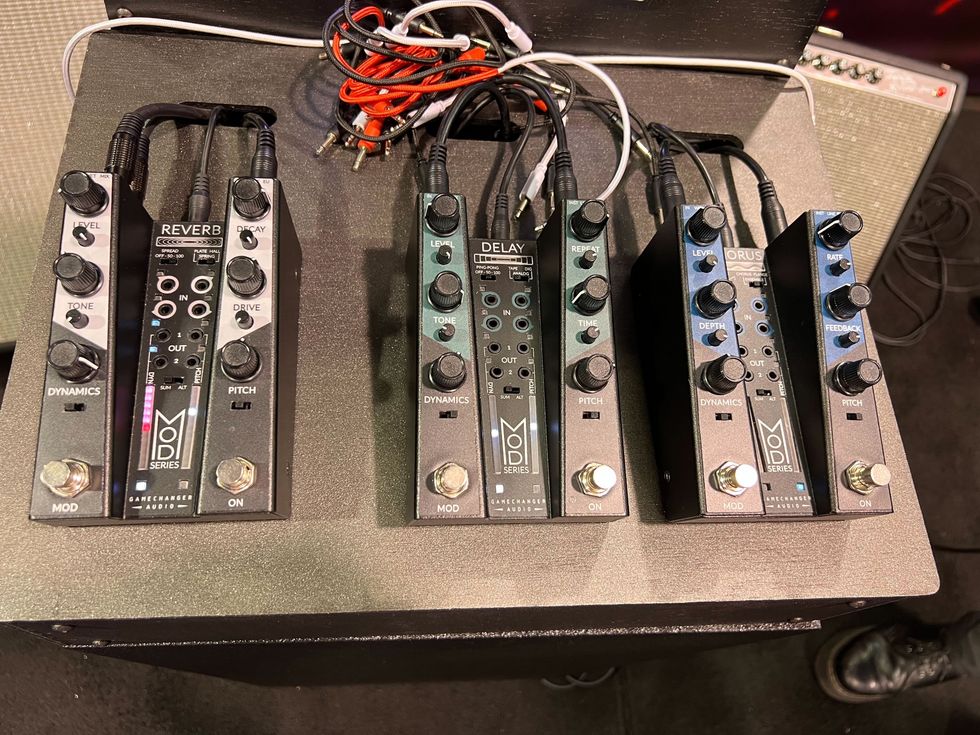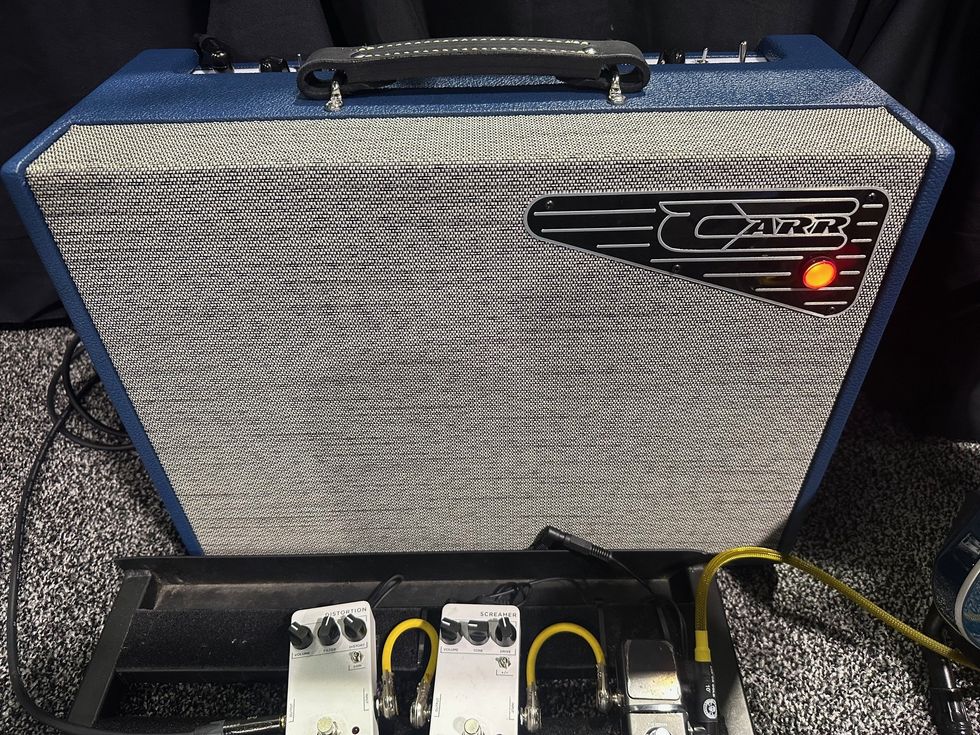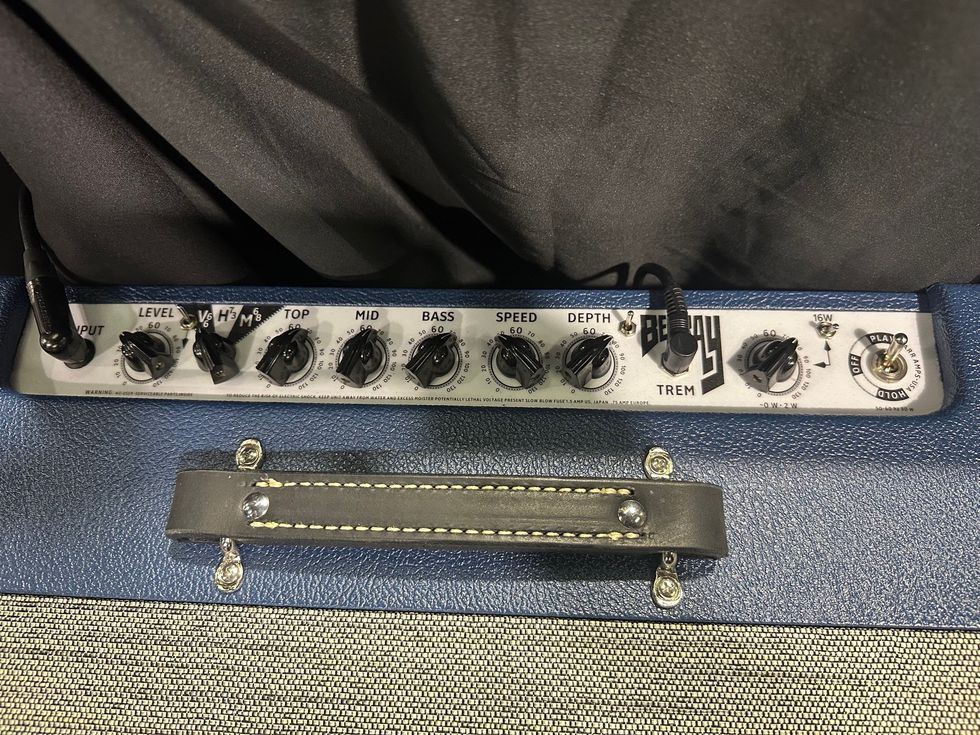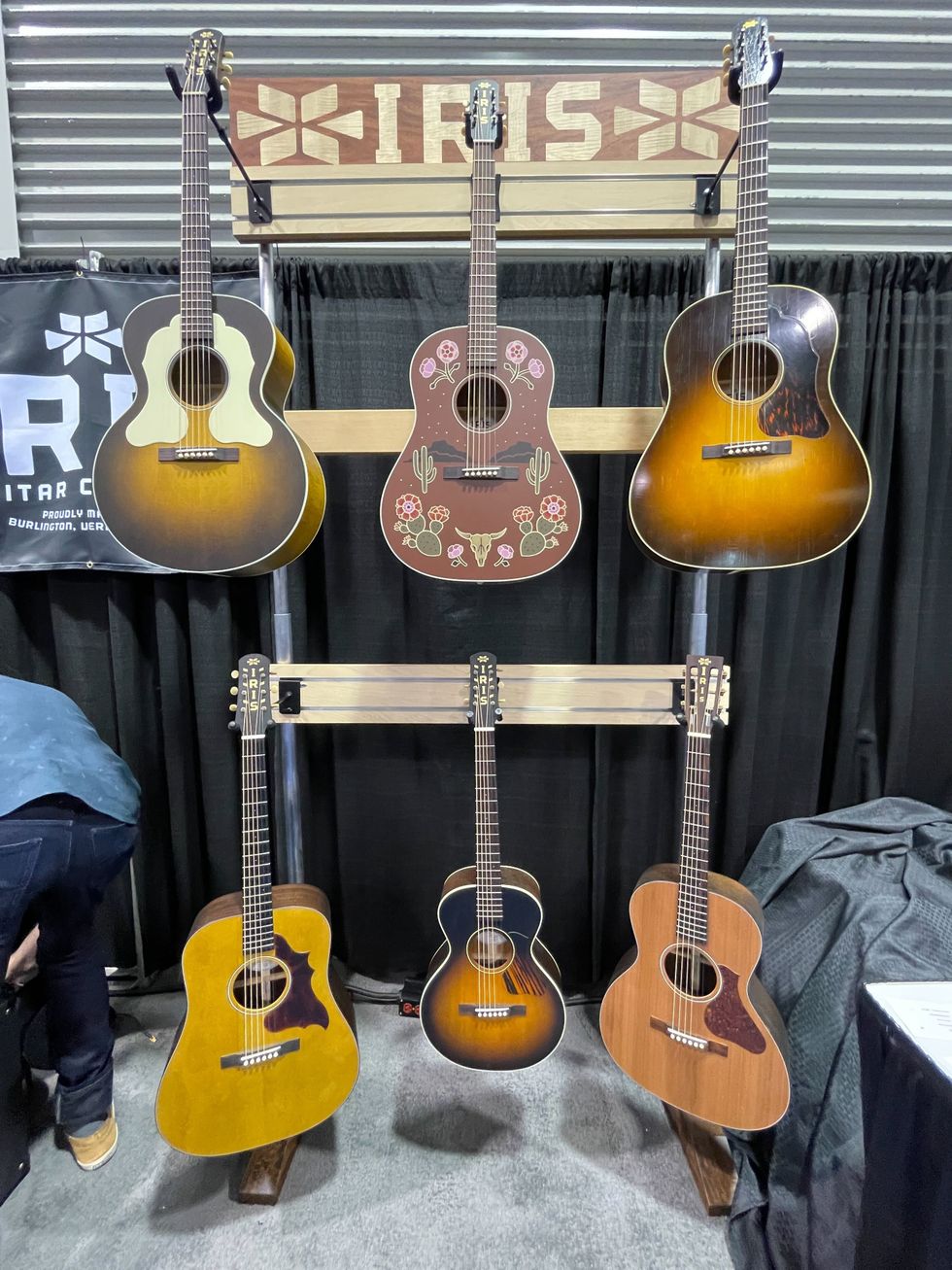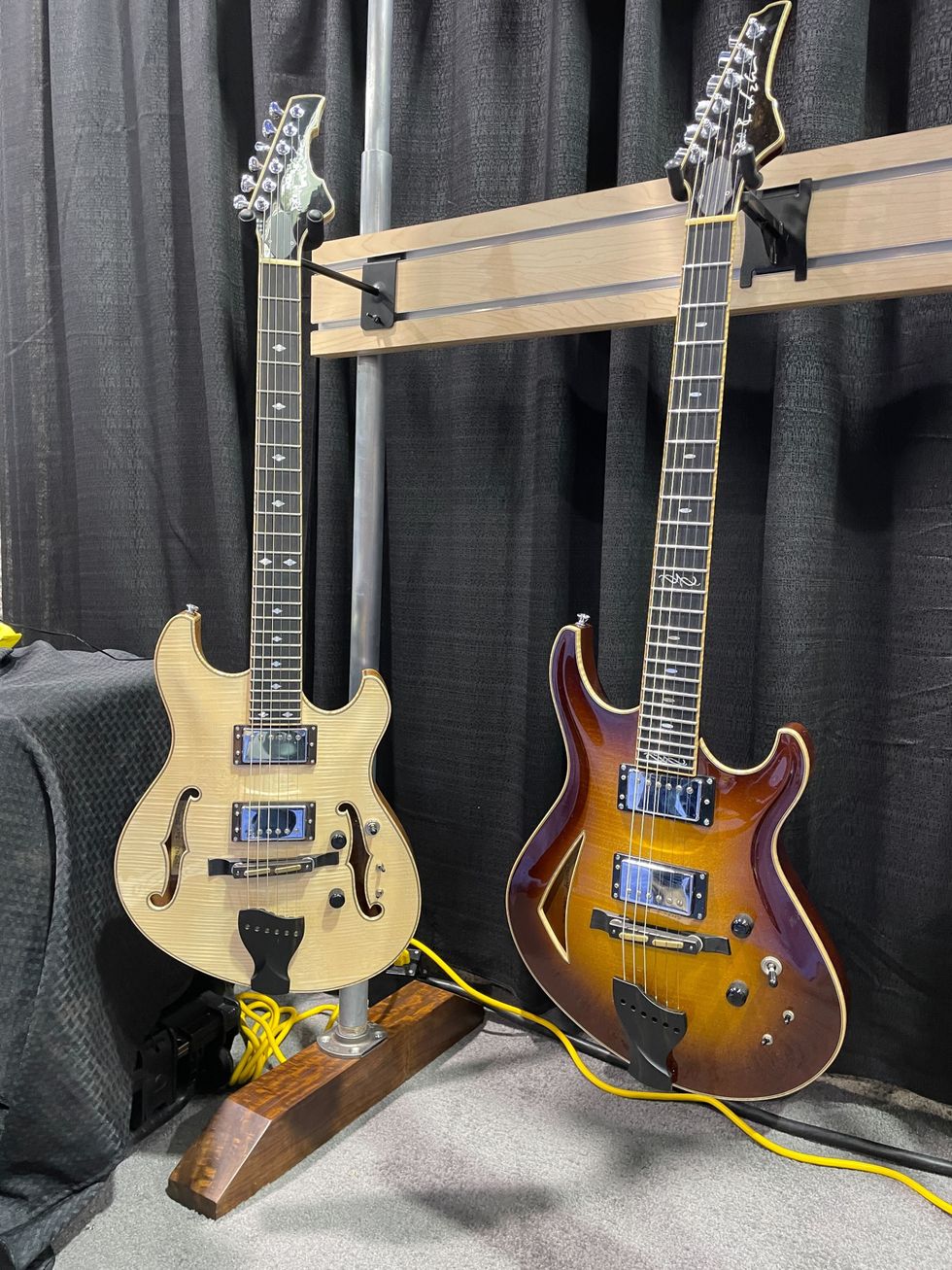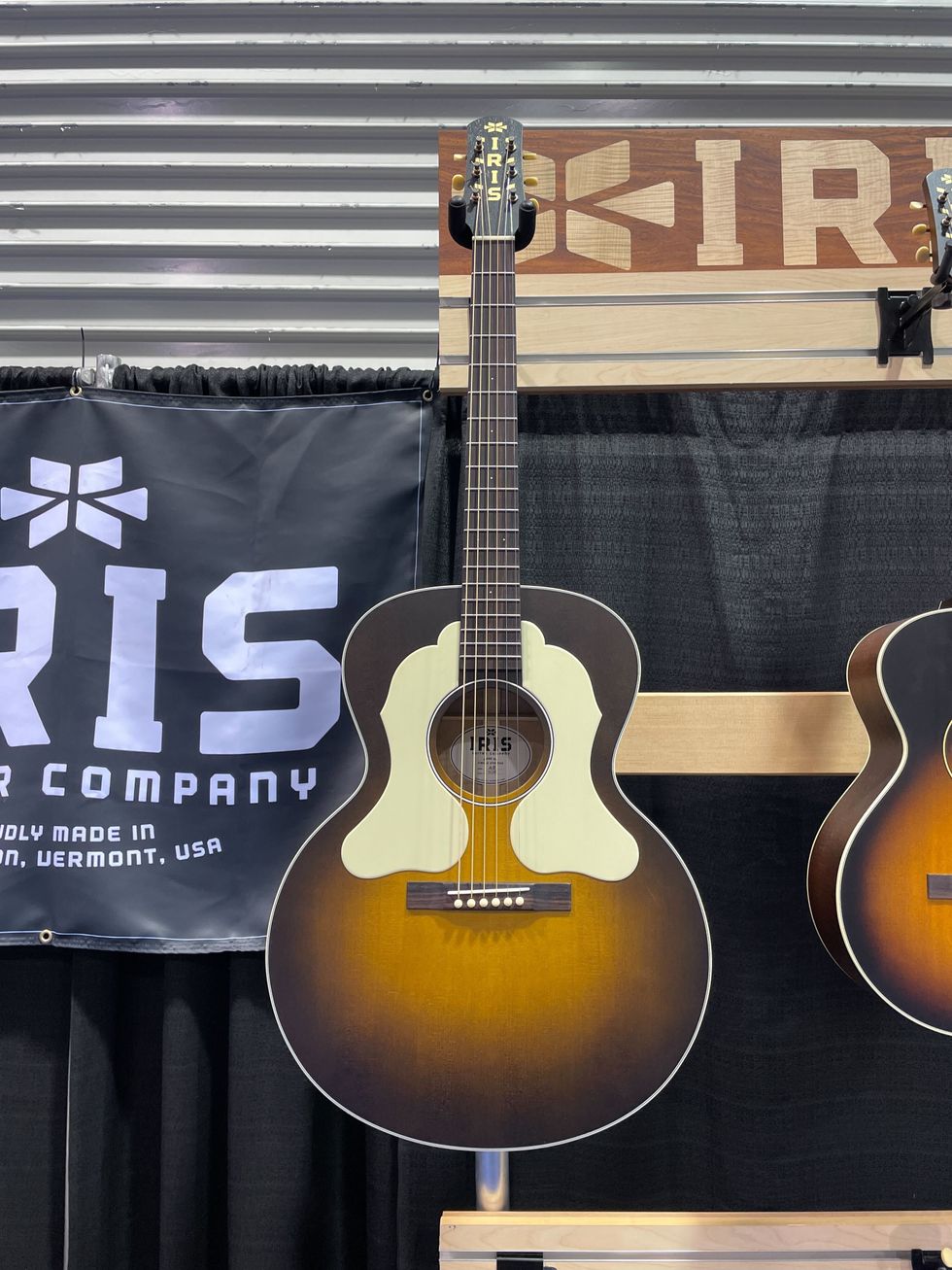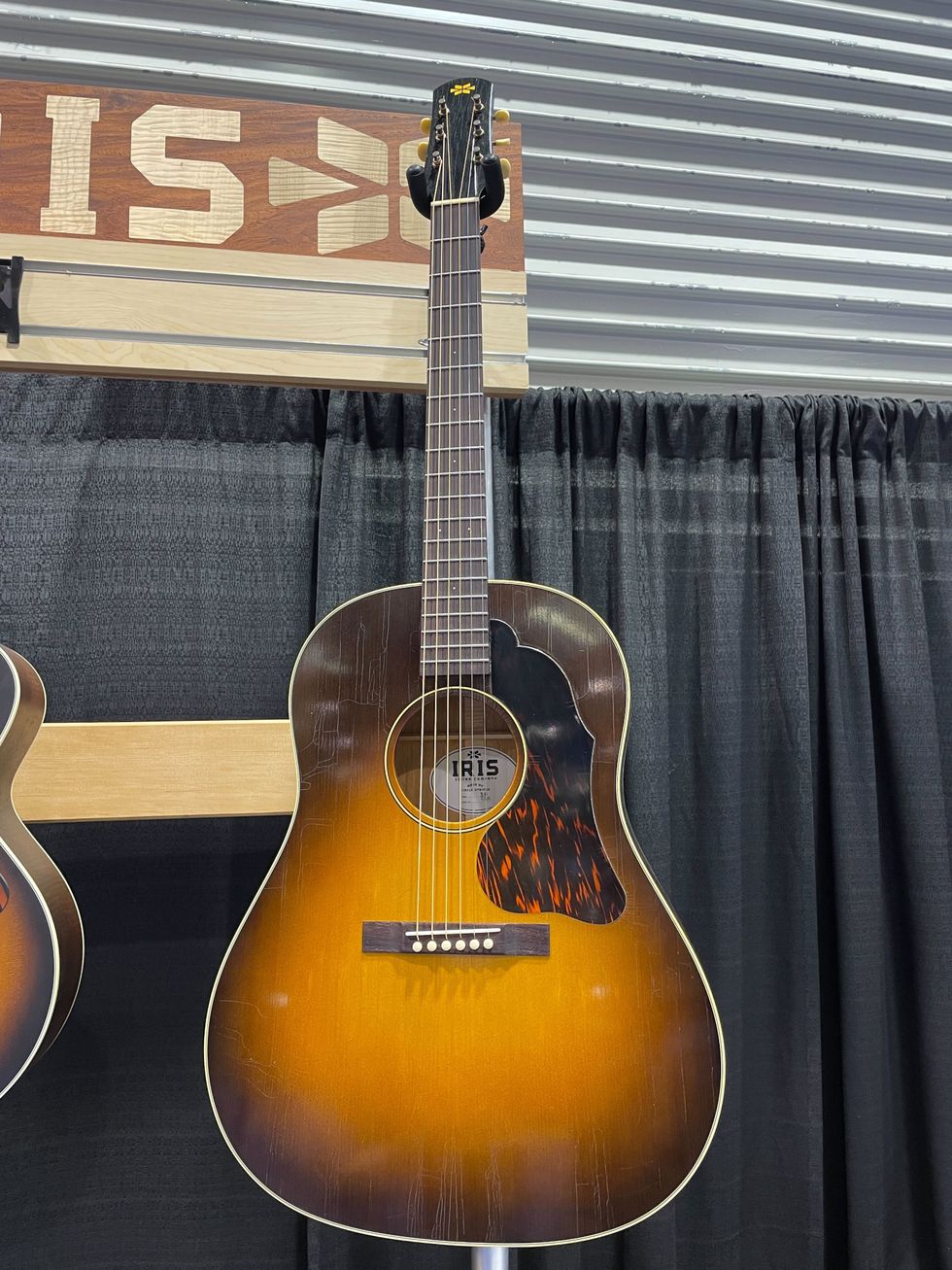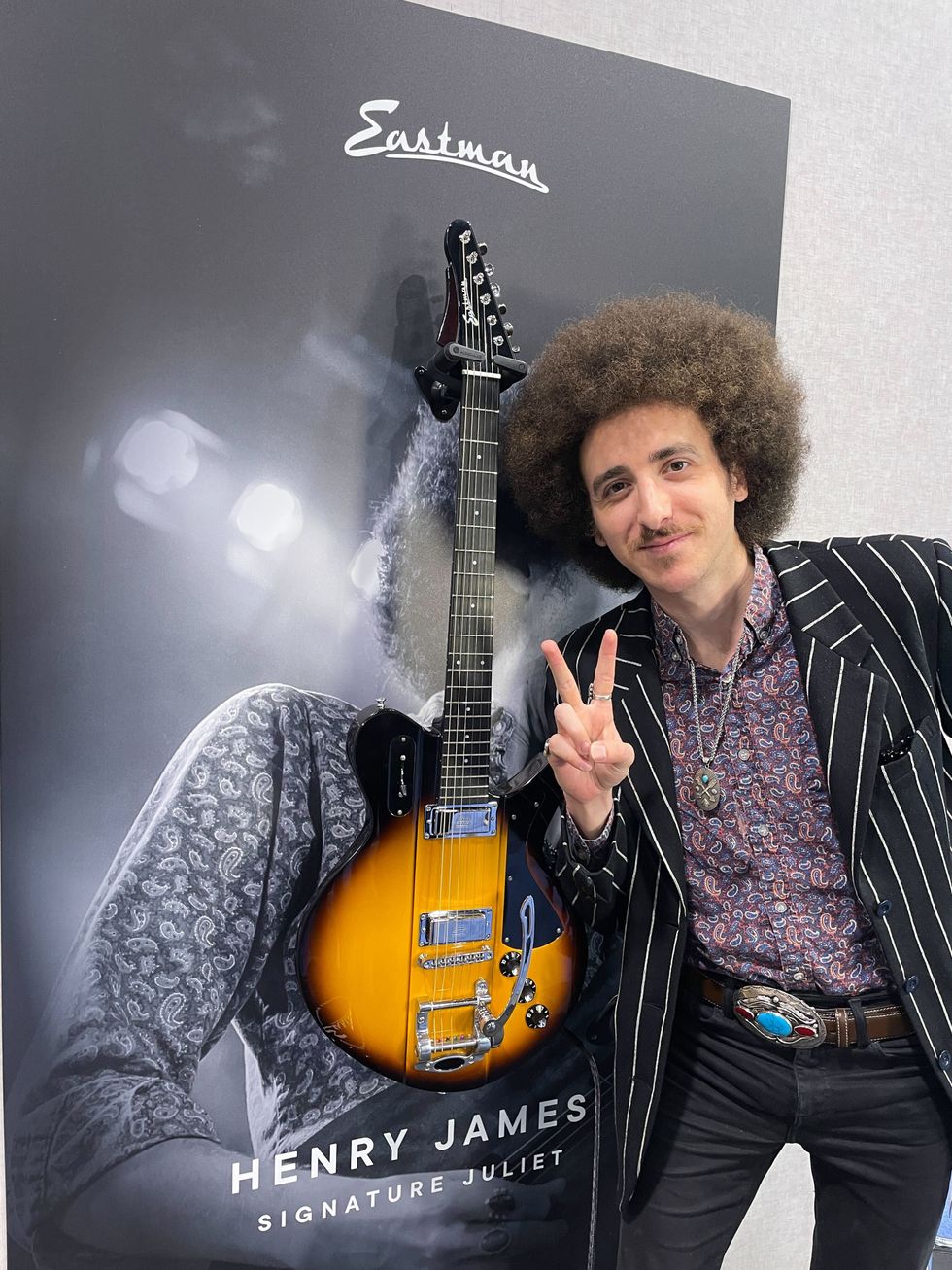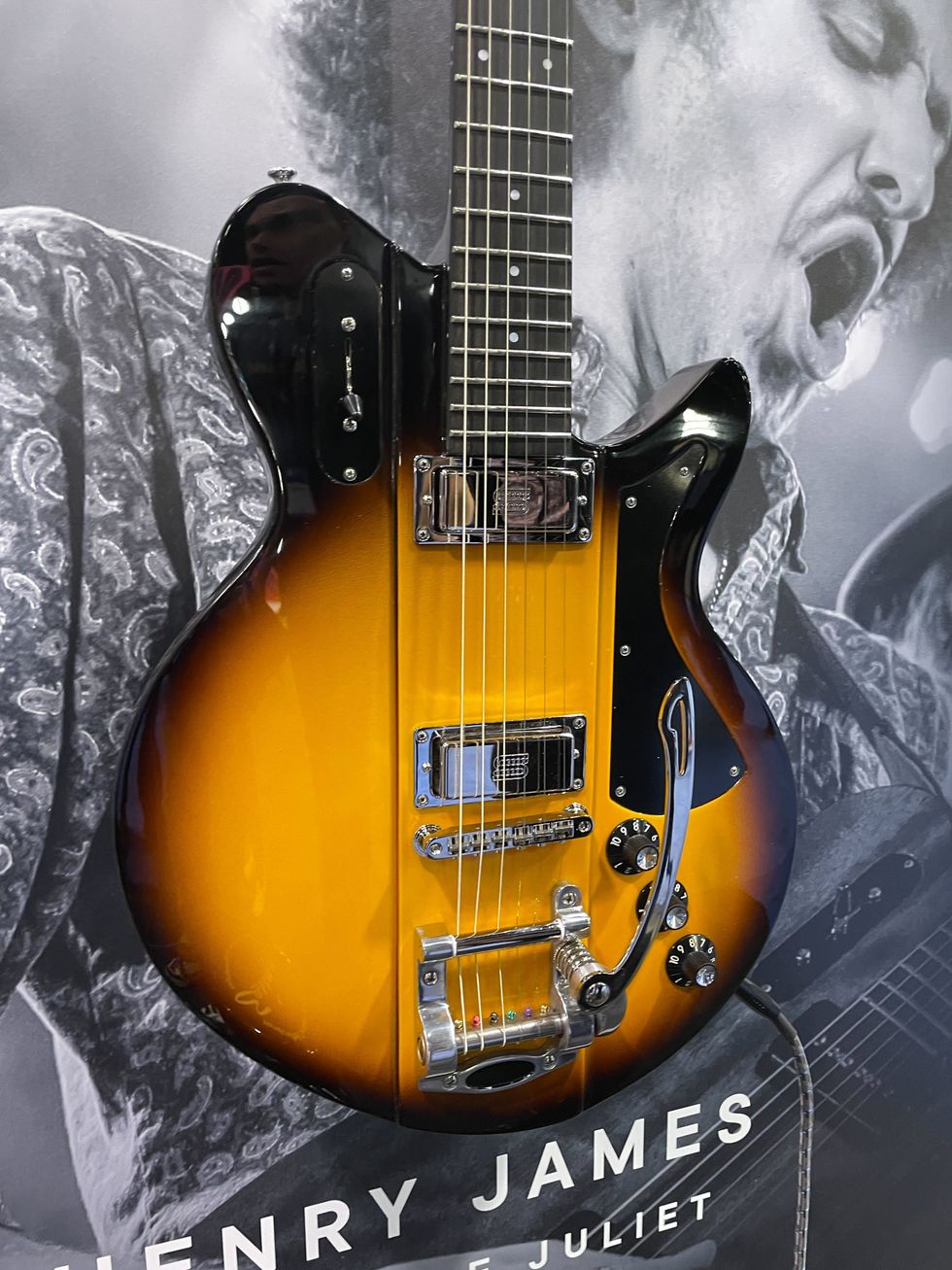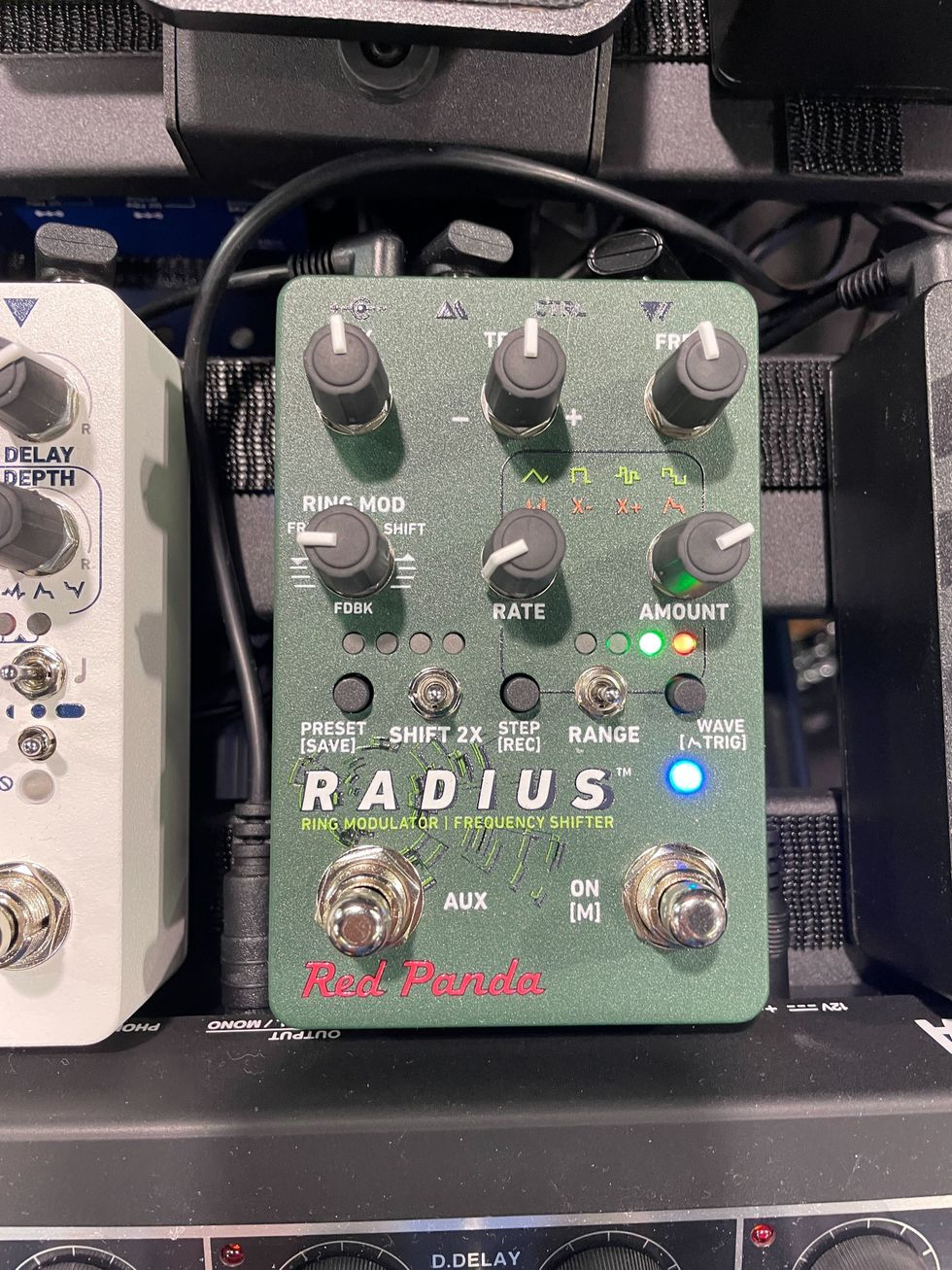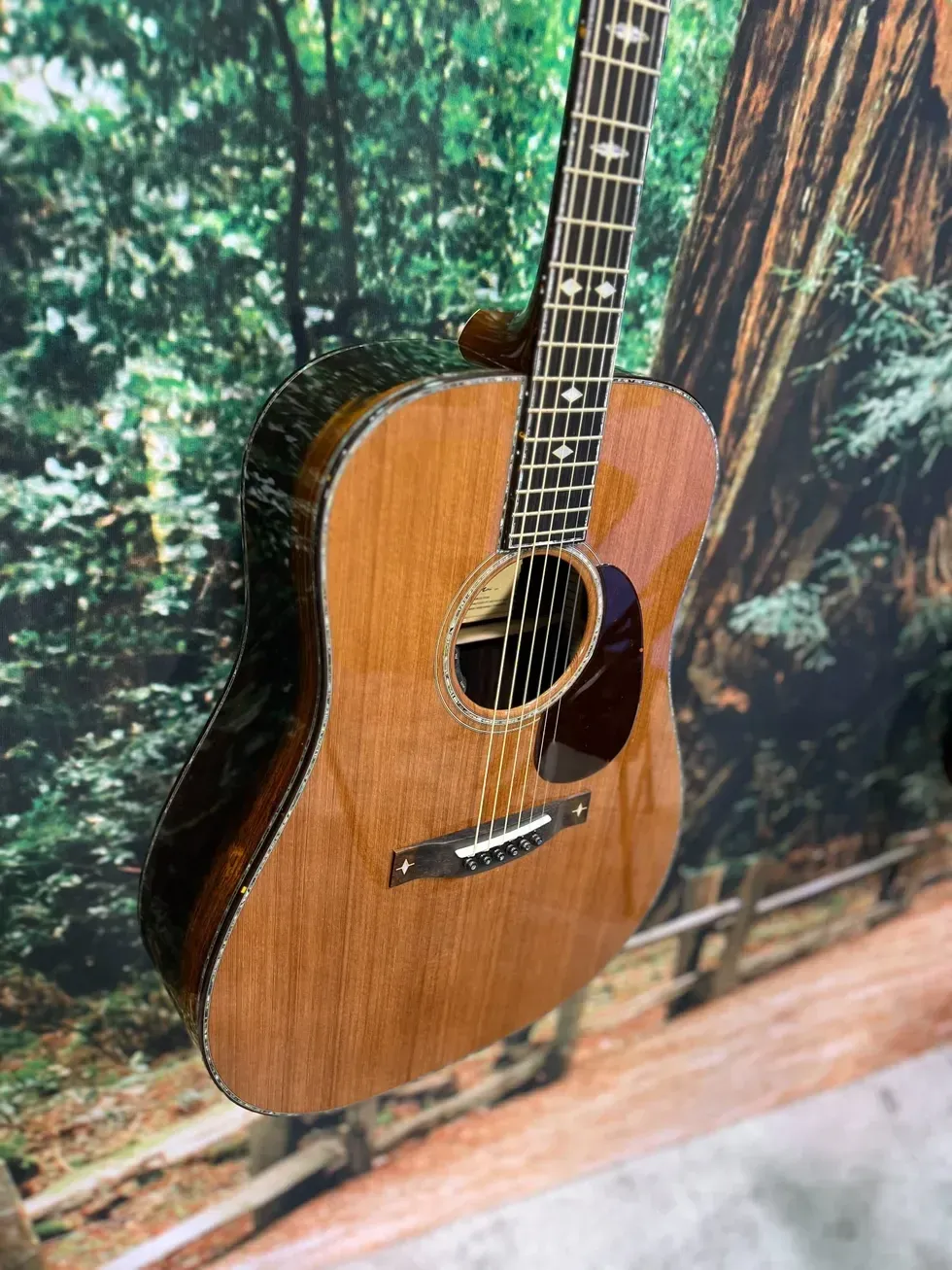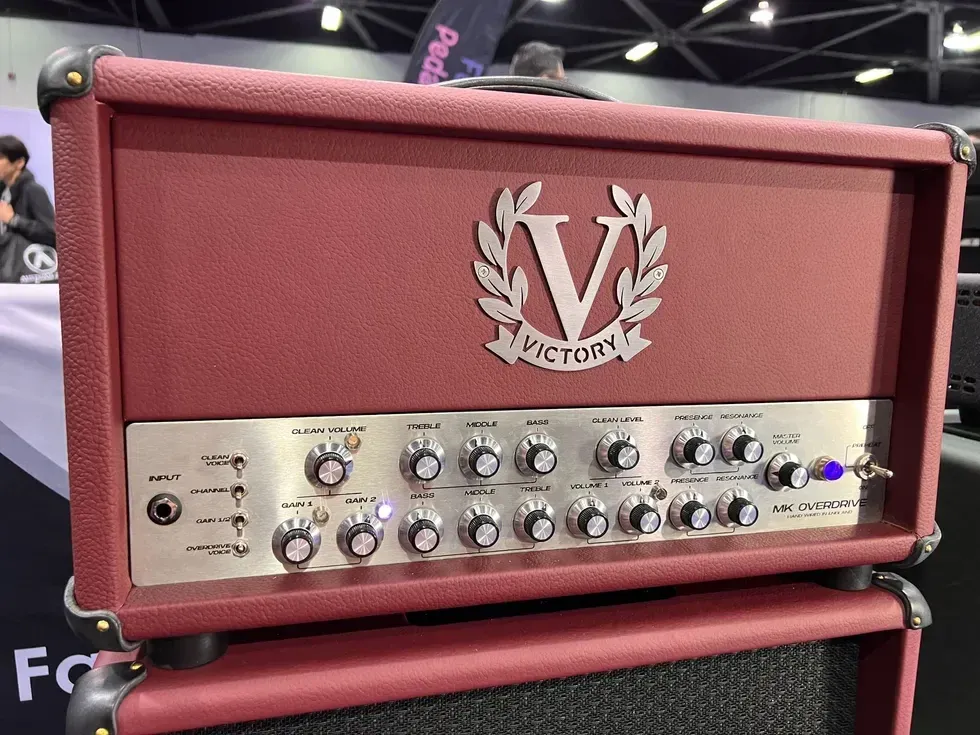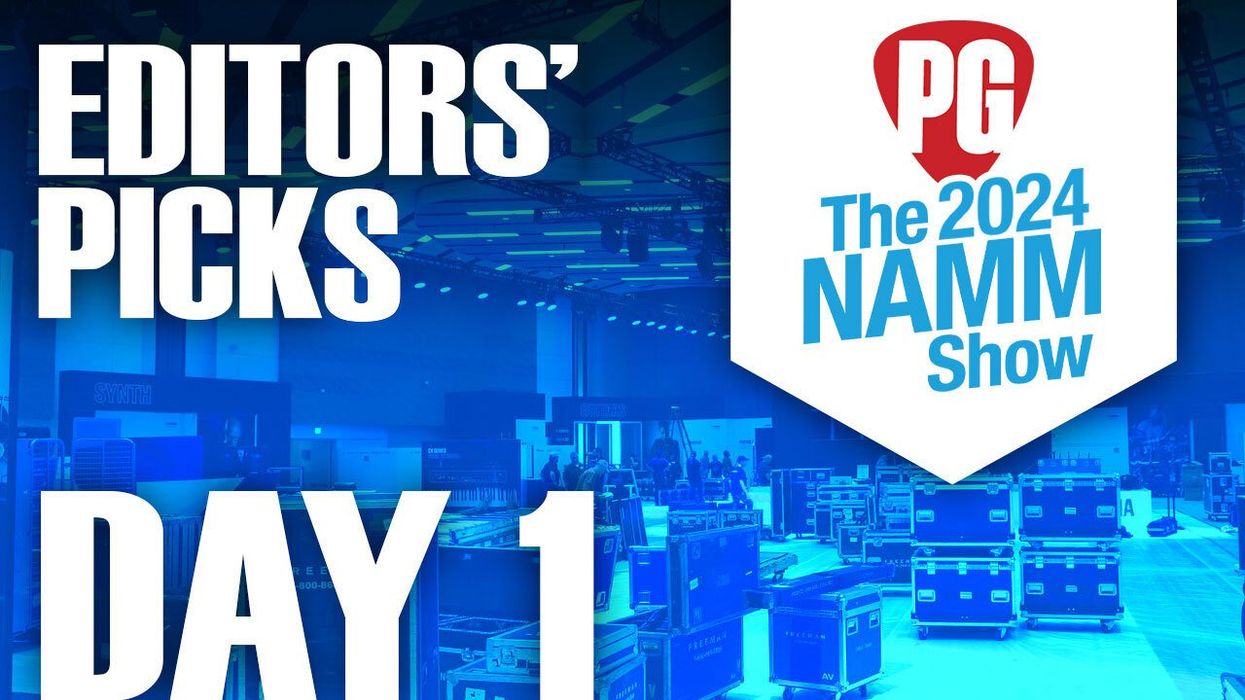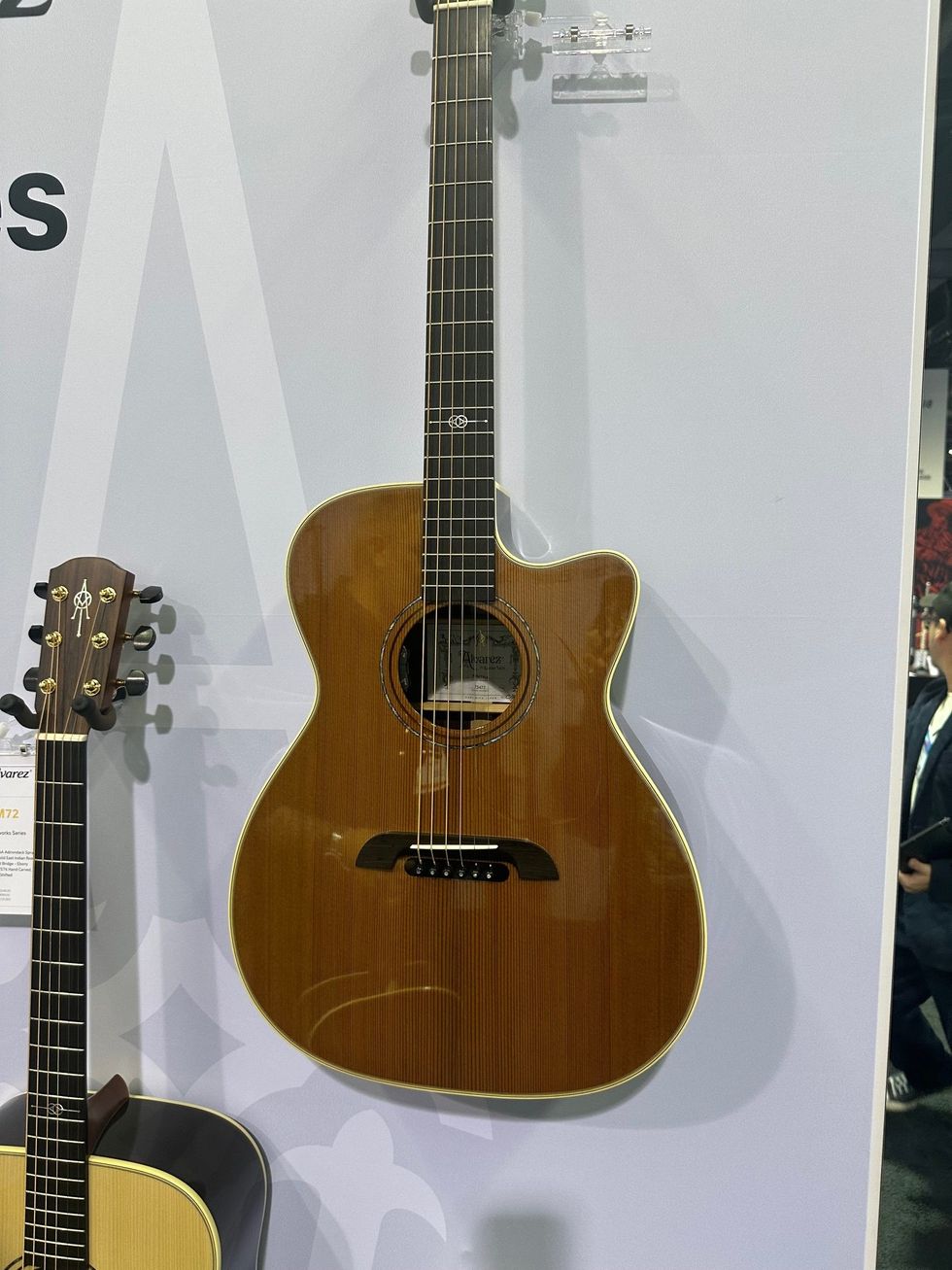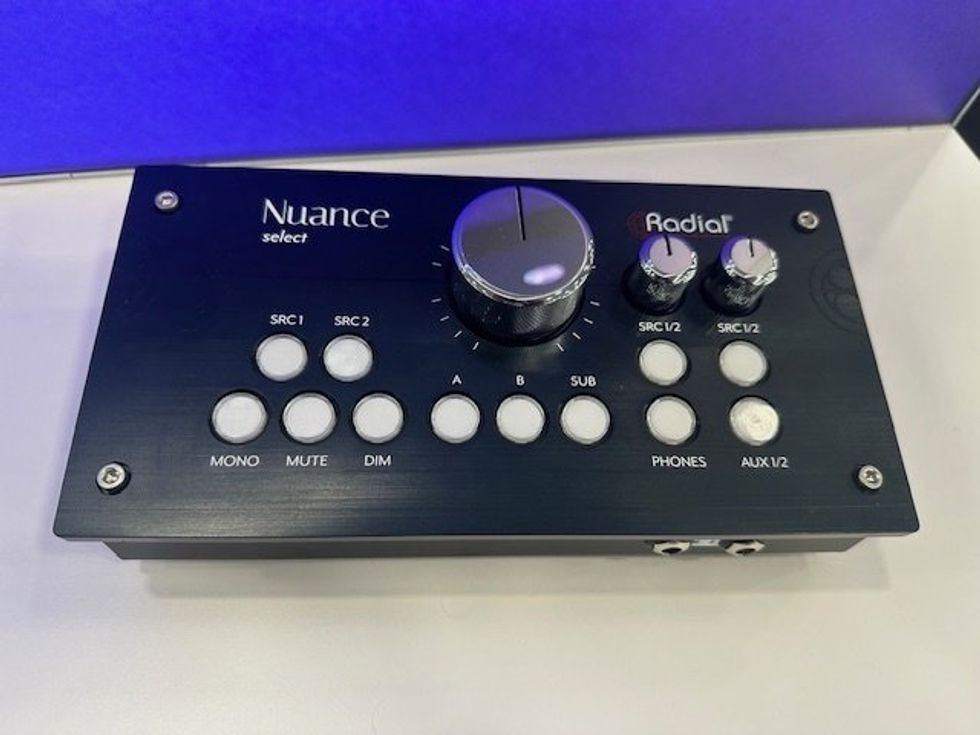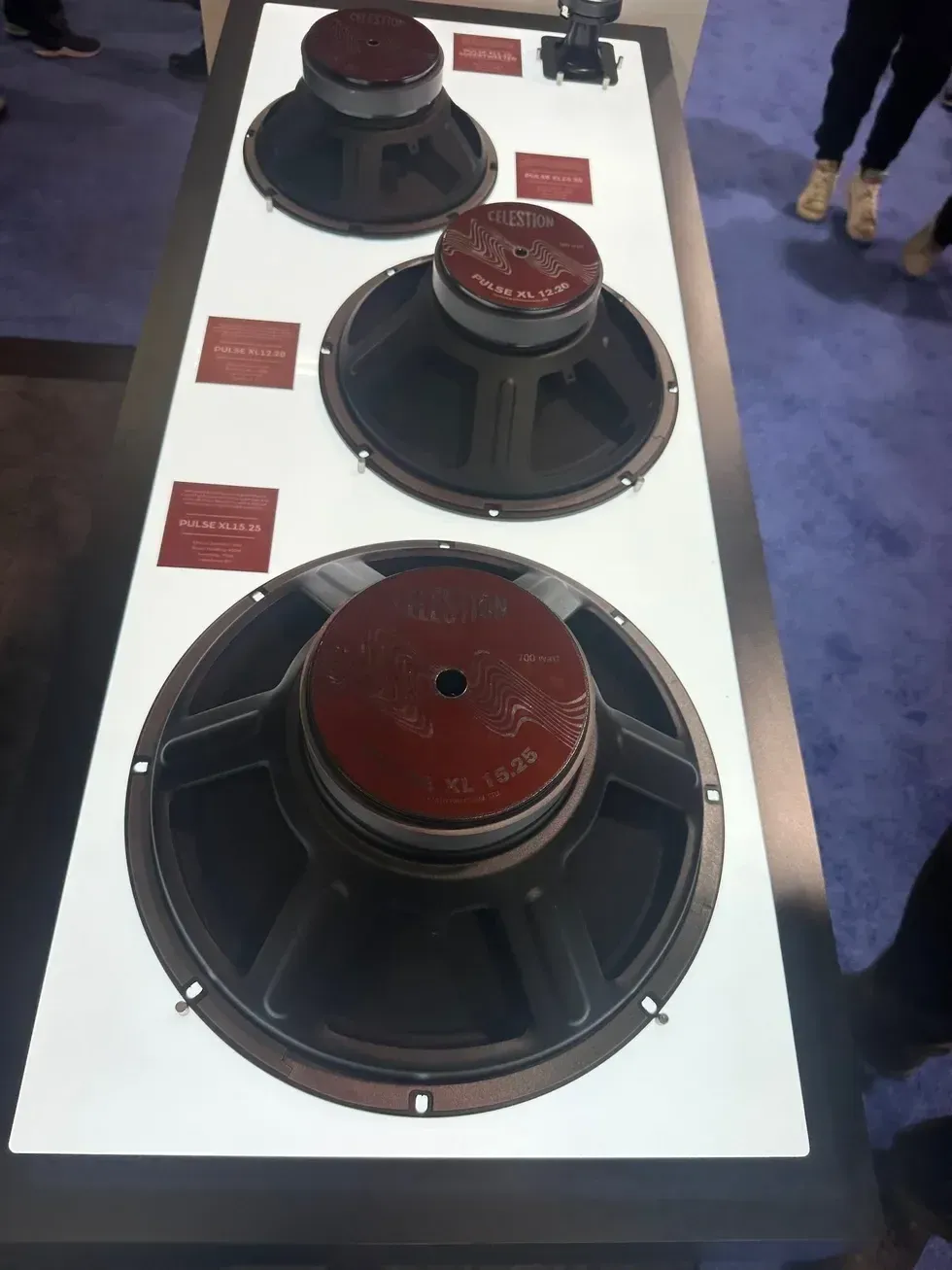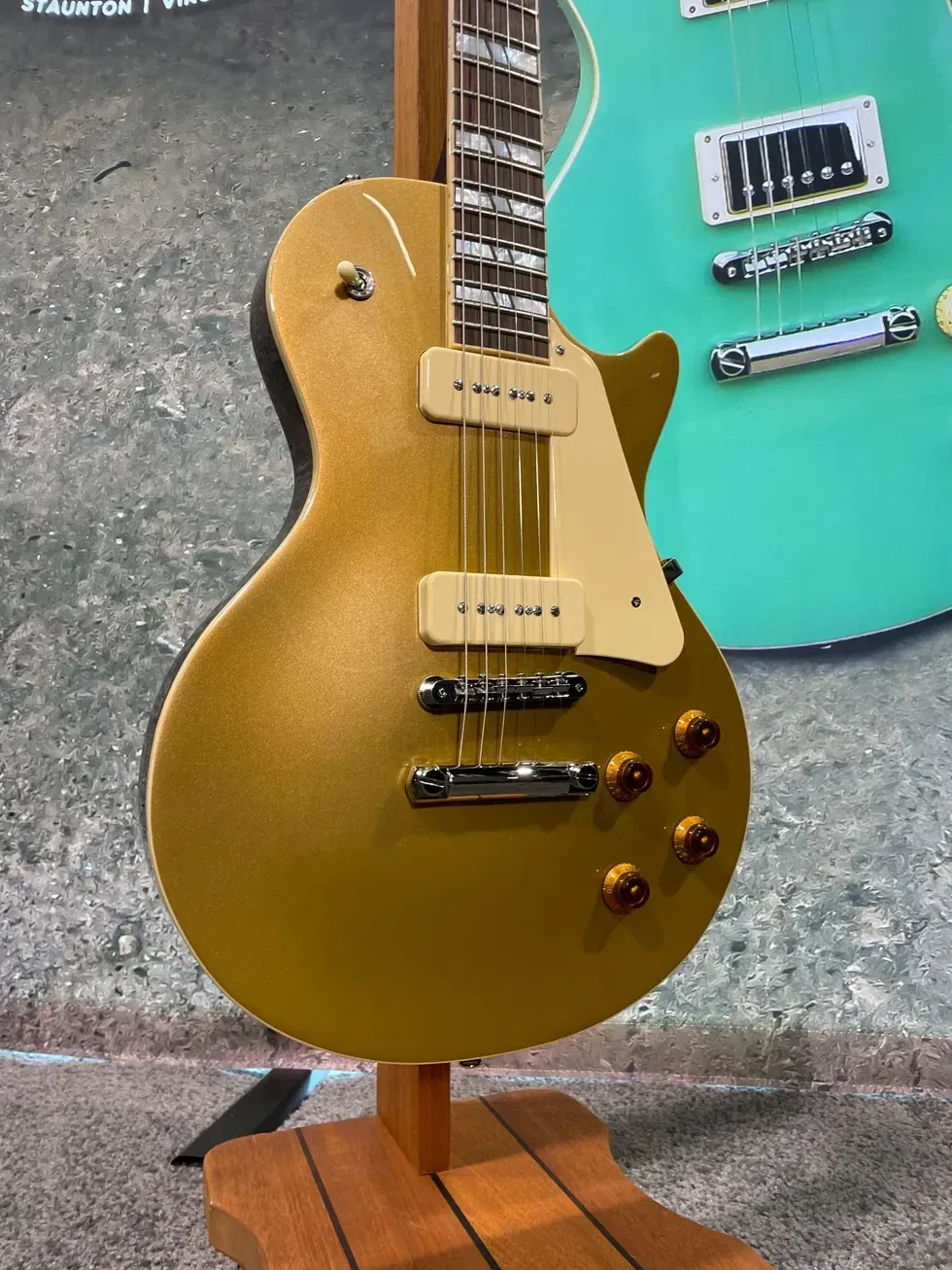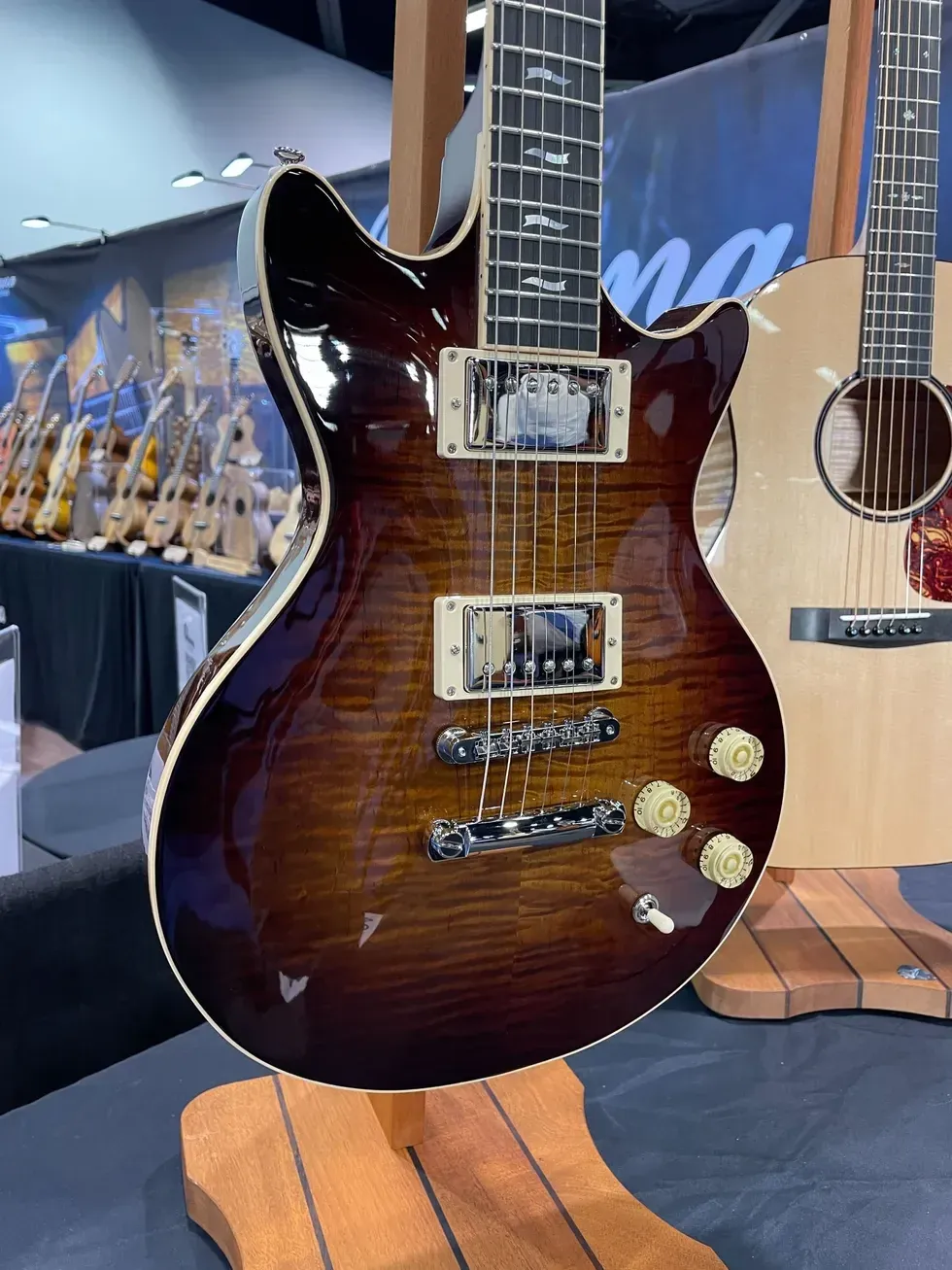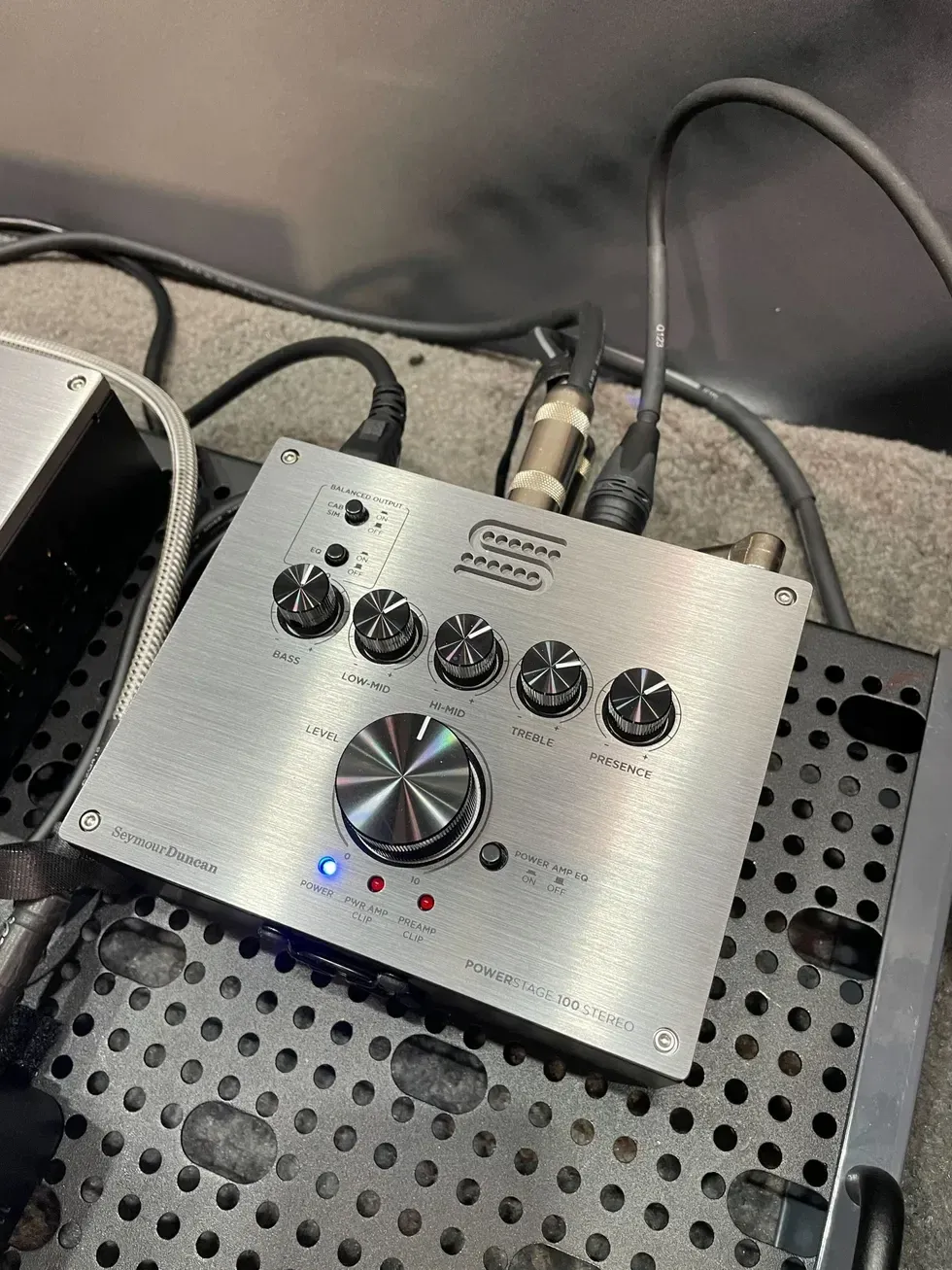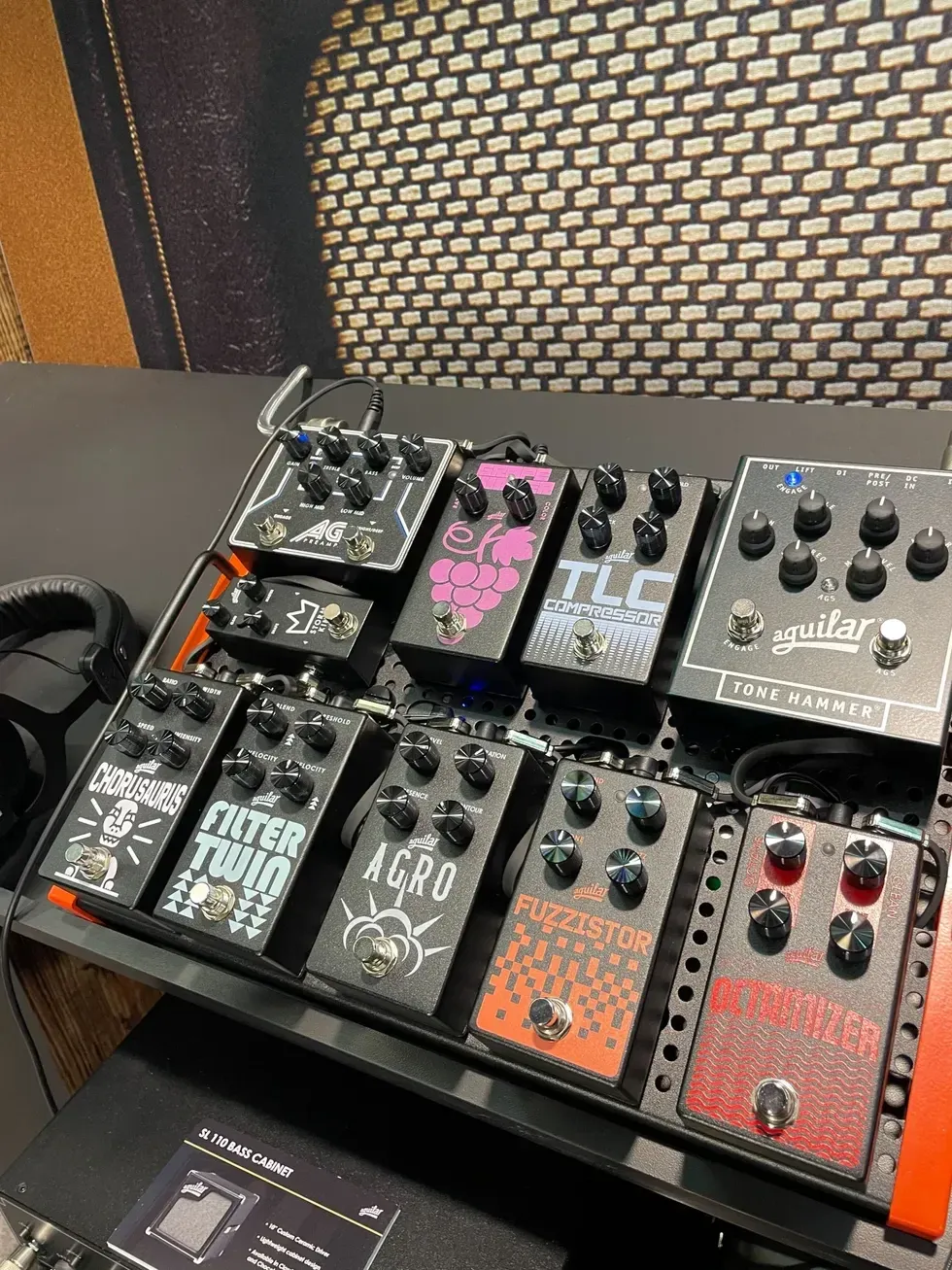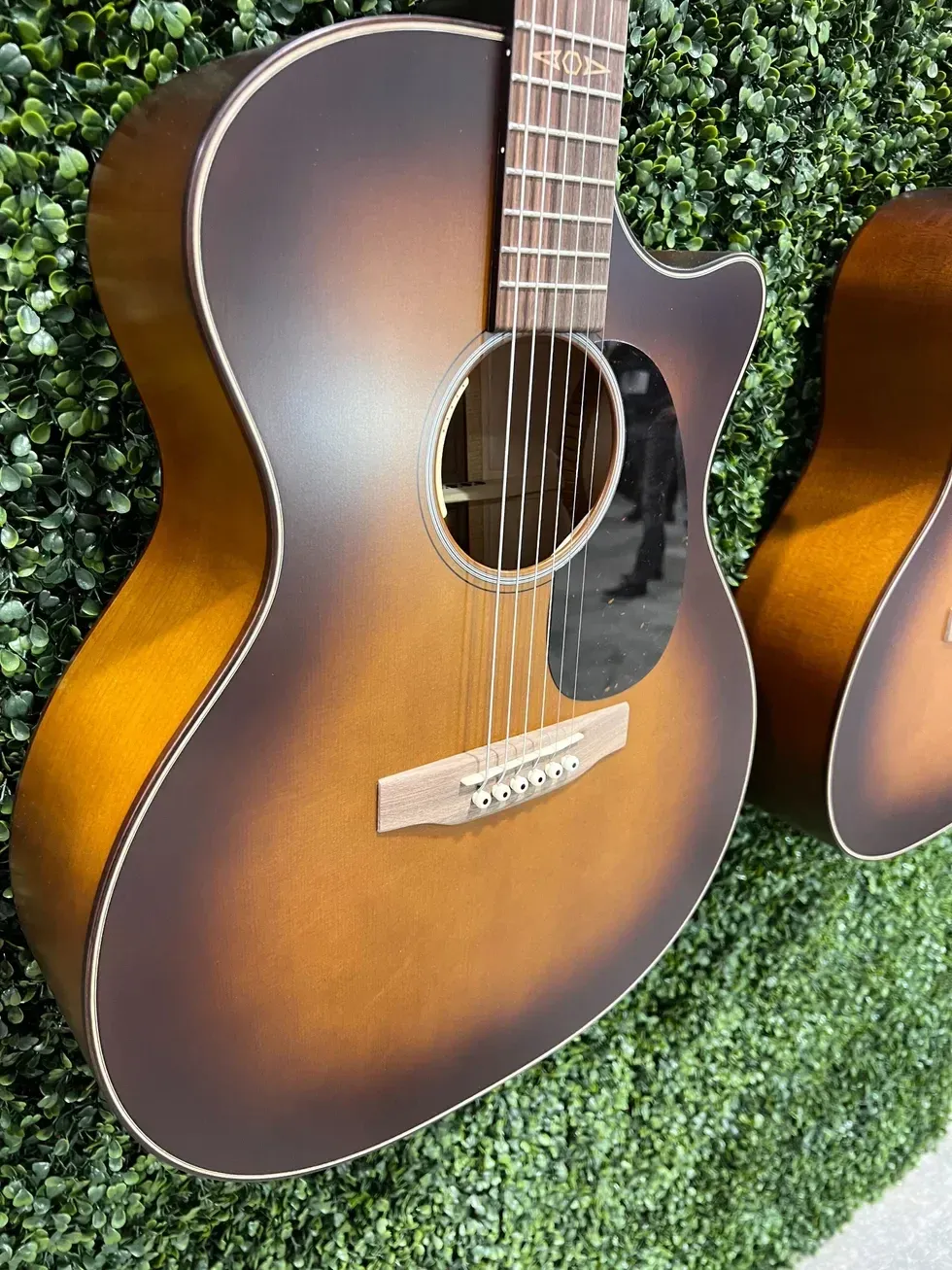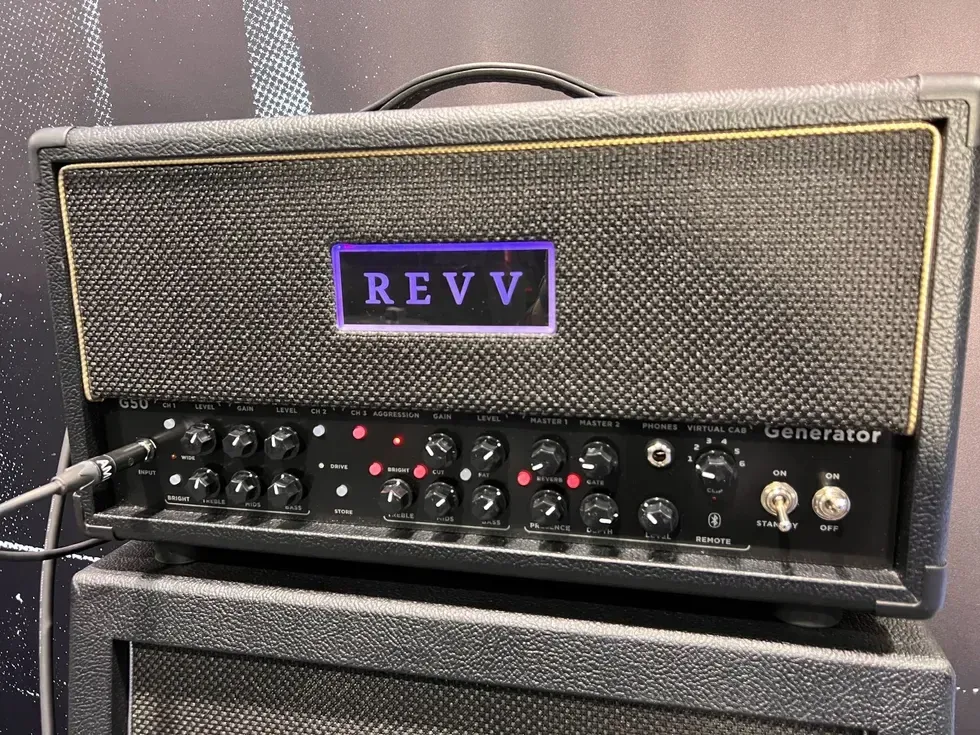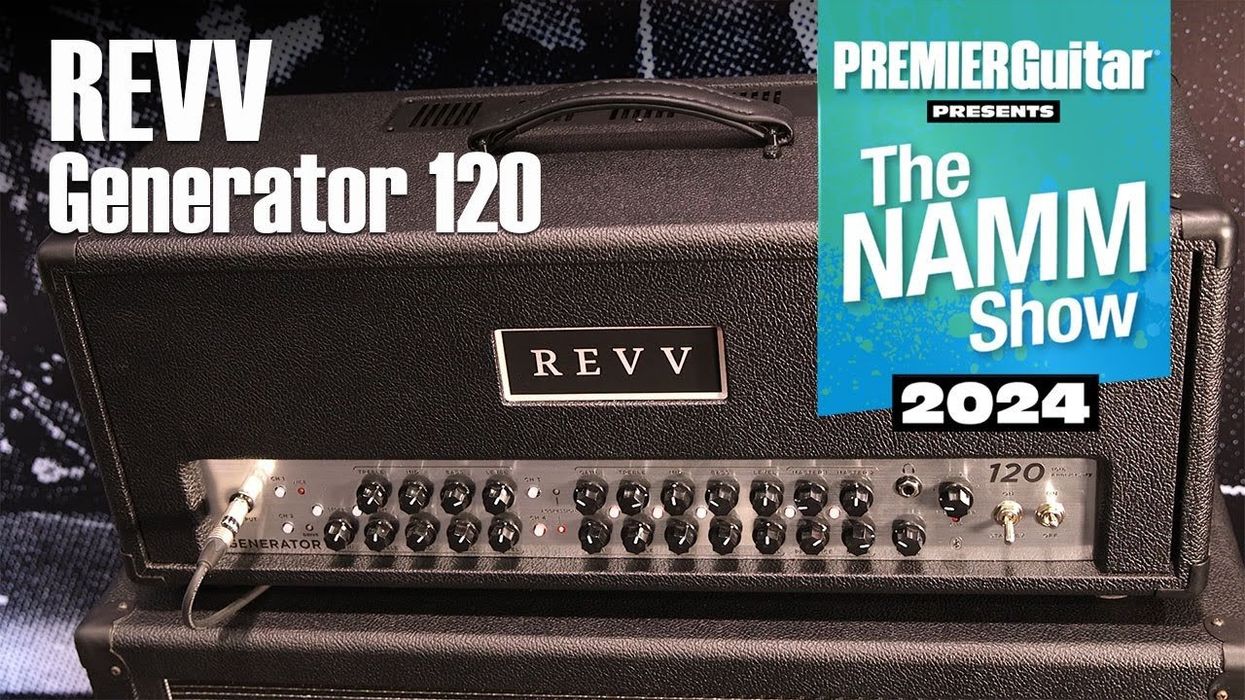For our annual guitar mods issue, we asked readers to share projects from their own workbenches.
Anthony Pereira: Jackson with Warpigs
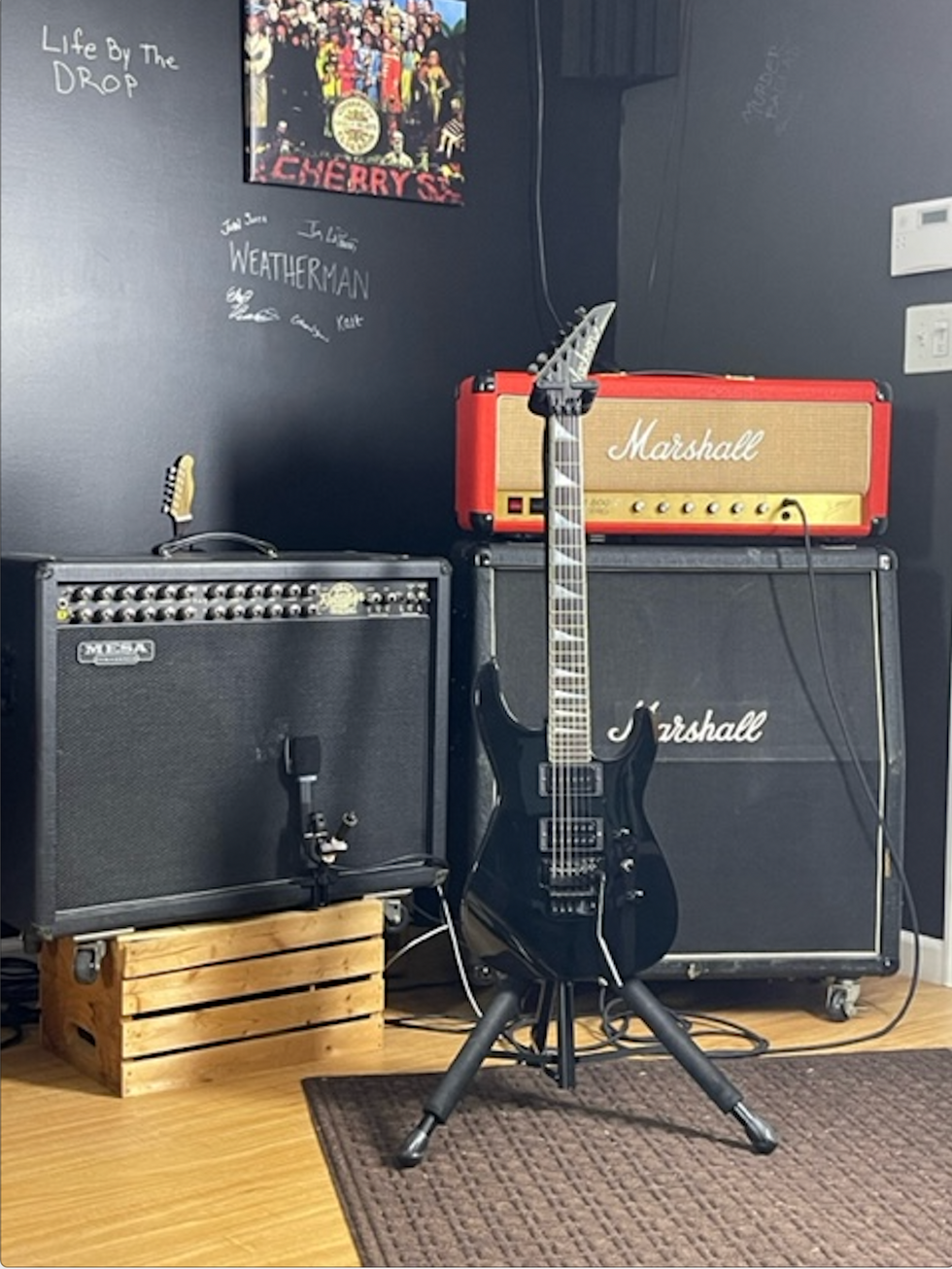
Not as elaborate as others I’ve seen, but I’ve always been a sucker for Jackson guitars, and I’m not even a shred player. I wanted to do something different to my SL2, so I installed FU-Tone Noiseless Springs, an FU-Tone Brass Block on the Floyd Rose, a trem stopper, and Bare Knuckle Warpig pickups. The kicker is that I put a P-90 Warpig in the neck position for the punchy leads. The pickups are much darker than the stock pickups, but they scream through my 1982 Marshall 2203.
Gregg Ledoux: Meet Mavis
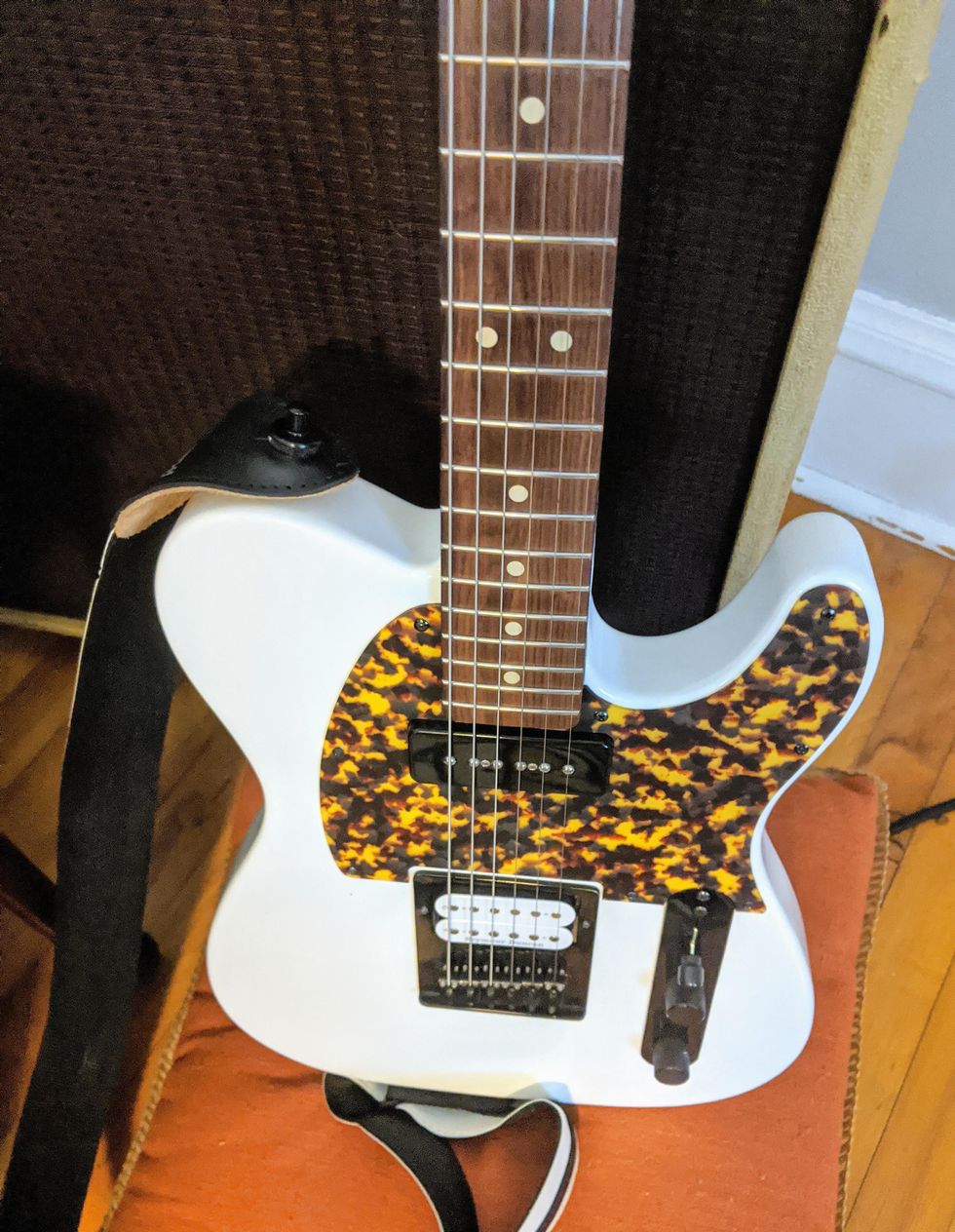
This is Mavis. She has a Warmoth swamp-ash body, a Warmoth Goncalo Alves neck with pau ferro fretboard, and stainless-steel frets. I chose a Lollar P-90 and Seymour Duncan Pearly Gates for the pickups. I assembled this guitar in the last couple of months. She rocks!
Jin J. X: Covering Serious Ground
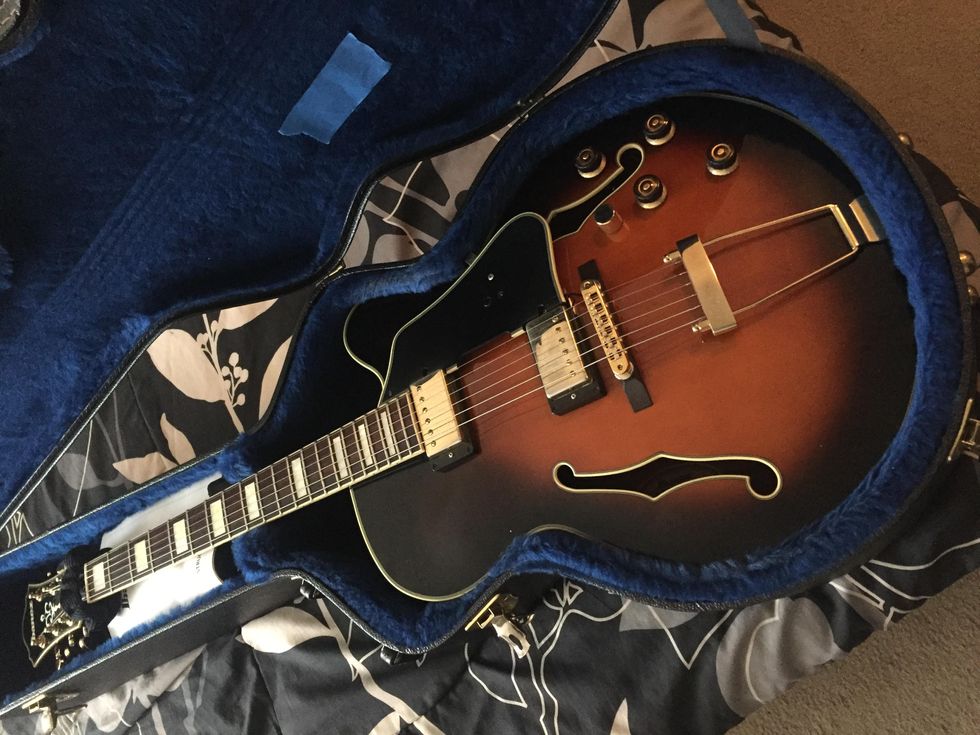
Hi Premier Guitar!
This may look like a “normal” Ibanez Artcore, though it has some extra goodies. This is an Ibanez AFJ85 with a Stewmac Golden Age Parson Street alnico 2 PAF-style pickup in the bridge, and a custom alnico 3 neck pickup made for me by David Magazzi out of Connecticut. Instead of a 3-way switch, it uses the middle three notches of a 5-way rotary switch with the outside positions acting as a “mute.” The “top” master volume and tone pots are dedicated to the magnetic pickups with their own input jack.
You may notice a small wire coming from the bridge—this is a Fishman Powerbridge posted to the floating posts. That wire goes to the “bottom” volume and tone and to a separate jack. Historically, I’ve not been the biggest fan of piezo pickups in solidbodies, but in a hollowbody it actually sounds more real (a trick I picked up from the mighty Gilad Hekselman). So, this guitar covers some serious ground: legitimate jazz and R&B sounds in the neck, bright twangy sounds in the bridge, and a whole separate circuit for acoustic sounds that, in the studio with EQ, sound very much like a dreadnought we all know and love.
Thank you for all you do, and I appreciate that you give readers the opportunity to get in on the fun.
Justin Lee: Smashing Pumpkins Squier
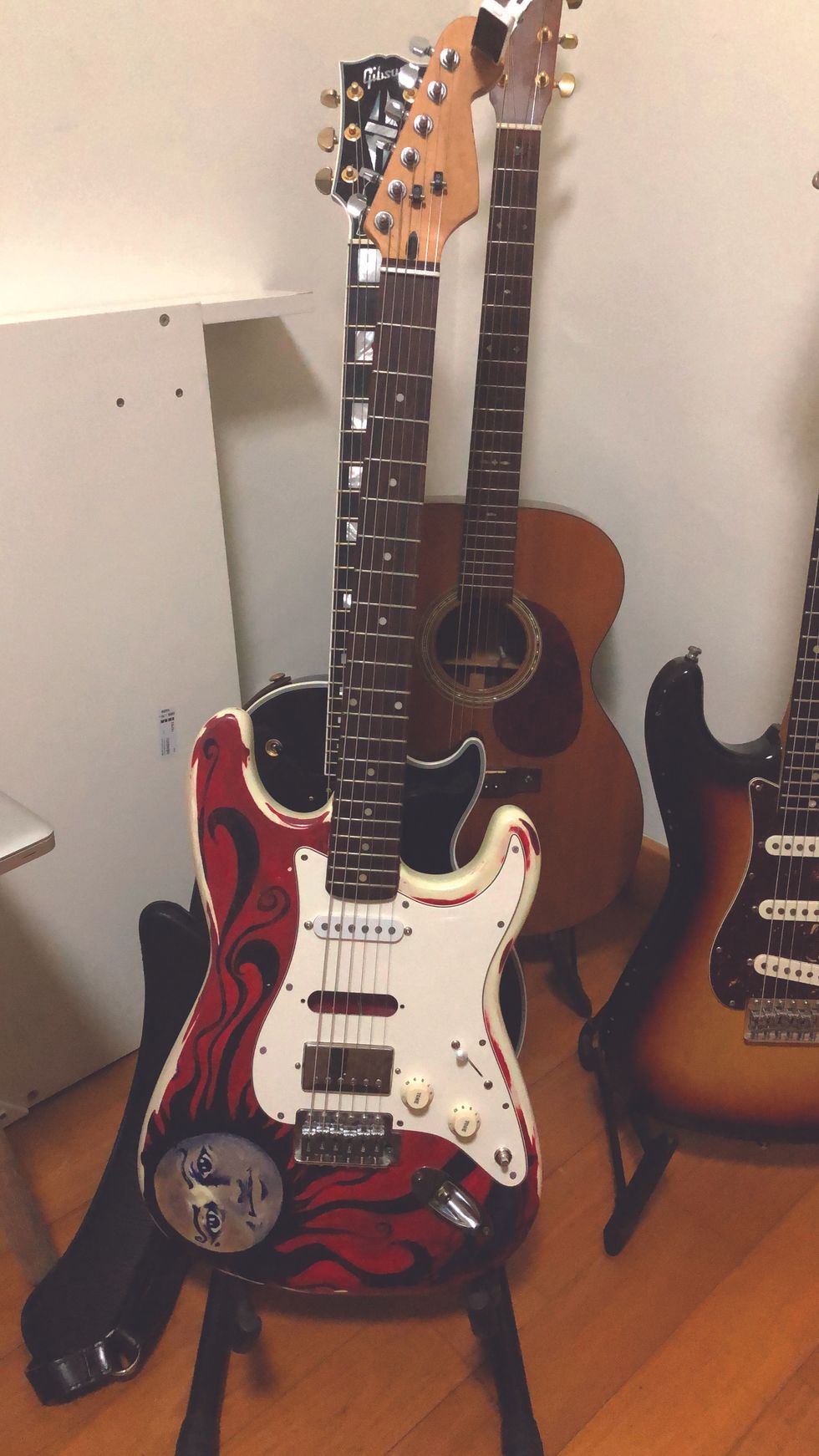
Hi Premier Guitar,
Love all your content, especially the Rig Rundowns! I’d like to share with you my quarantine guitar project. It’s my first-ever guitar that had been unassembled for the longest time. I’ve since gone on to own much better guitars but there’s still something very magical about this one.
It’s started life as a Korean Squier and I thought the white finish was a bit boring (no offense to Jimi), so I painted it, inspired by Smashing Pumpkins’ Mellon Collie and the Infinite Sadness album. I guess the choice of red and white was inspired by Van Halen.
During this whole period of quarantine, I decided to get it back up and running with some help from my local guitar shop. I changed the tuners and nut, and I wired in a few old pickups I had around: a Gibson pickup in the bridge and a DiMarzio Vintage Pro in the neck. I’m still not sure what to do about the space for the middle pickup. I might just leave it empty, which makes it more Frankencaster-esque. I’ve set it up with .011s and raised the action with the intention of trying to play slide (again!). I’m also waiting to get the right (free) knob for the second tone pot.
It’s probably not worth the money that I’ve just put into it, but I can’t give it up and it should be played. Also, it seems to be my kids’ favorite one of them all.
Kind regards,
Justin (currently living in Singapore but spent a lot of time in the U.K. and Canada)
Justin Motander Jones: Berto
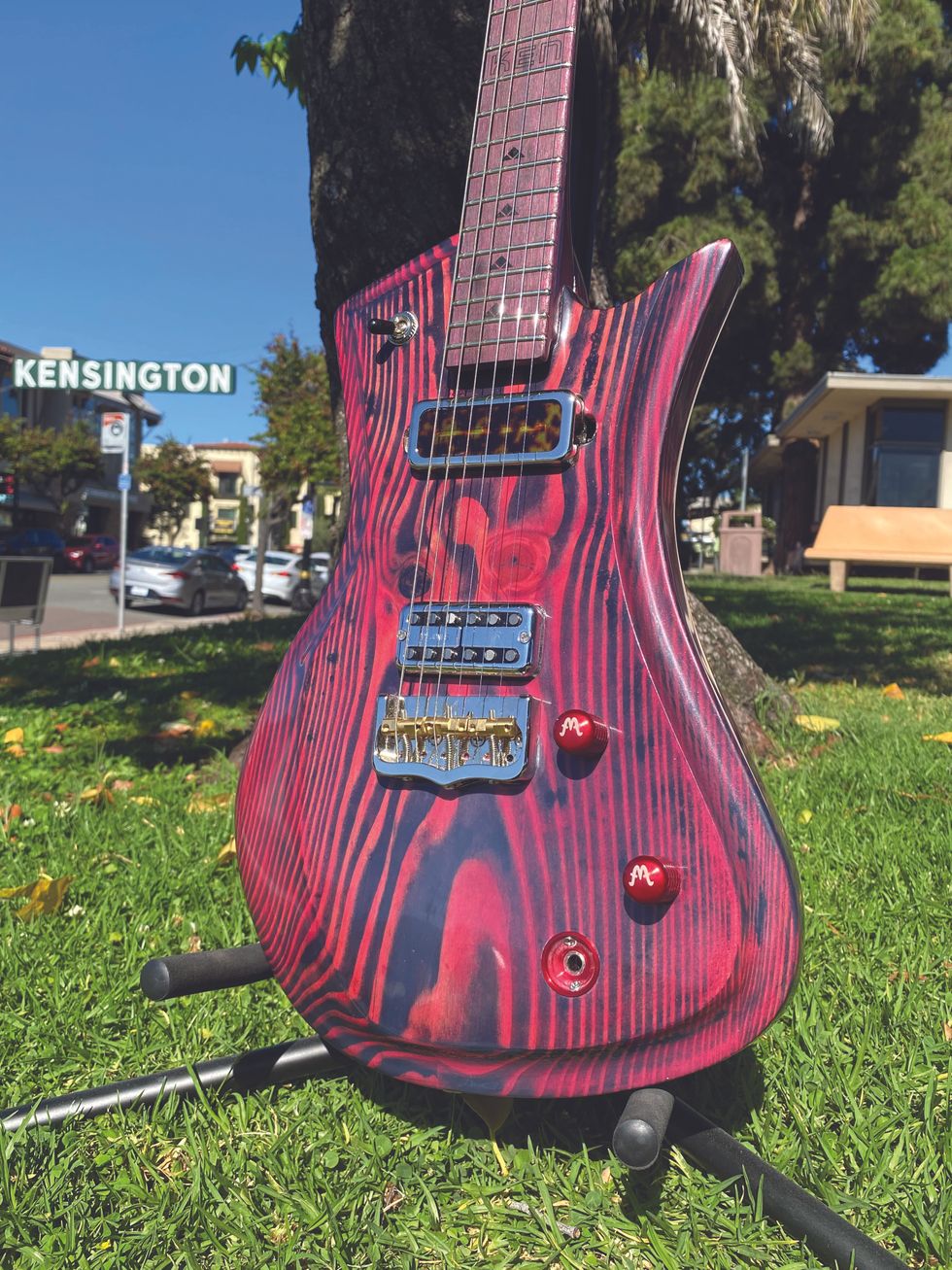
This pine-bodied “Berto” was made from a beam from a neighbor’s 1930s patio here in the Kensington neighborhood of San Diego, California. The purpleheart fretboard pays tribute to the now-defunct historic Ken Cinema. The guitar has a TV Jones Magna’Tron, and a McNelly CC neck pickup. The anodized aluminum knobs are made locally by Forney Guitars. Berto has a Schroeder bridge and Gotoh tuners. I make guitars in San Diego and my IG handle is @justinmotanderjones, if you’d like to see some others.
Kato: Tilt-Back Banana
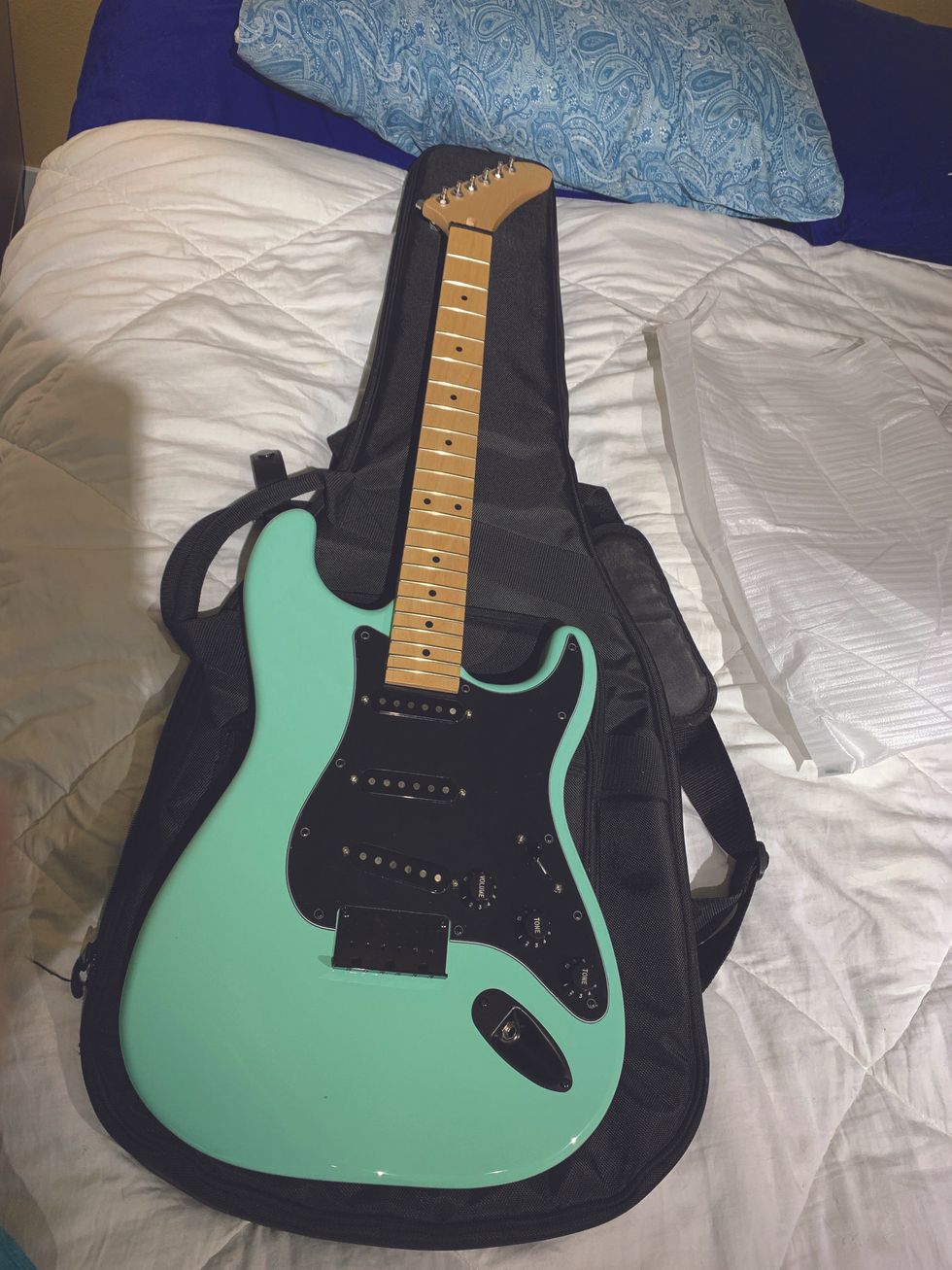
I put together this beautiful guitar out of some parts that were made to my specifications. It’s a Strat-style body but it’s a little bit thinner than normal. The neck is custom-made and the closest replication of the tilt-back banana headstock like George Lynch’s. The pickups are alnico 2 in the bridge, alnico 4 in middle, and alnico 5 in the neck. The neck has a slightly slimmer profile, so it’s easier to play blazing-fast leads. I had the neck plate custom-engraved with my logo and the headstock is currently out being painted to match the body and I’m having my logo applied. Hope you like it. Took me quite a while. Can’t wait to play her!
Mark Cully: Two-Fer
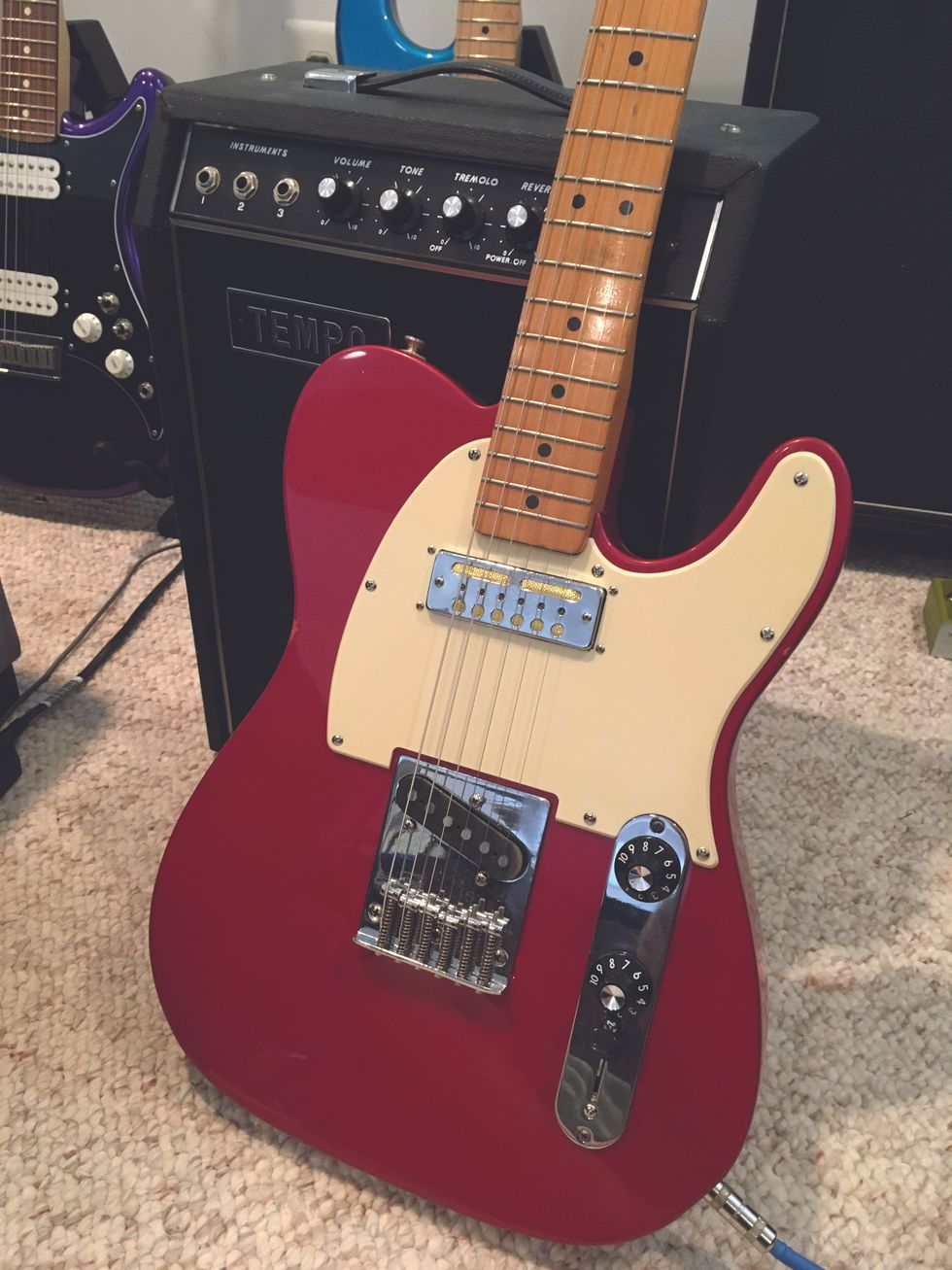
I have two guitar projects to share. The first is my ’90s MIM Squier Telecaster. I put a gold-foil pickup from a 1960s Teisco guitar in the neck position along with CTS pots, orange drop capacitors, and a proper Fender switch.
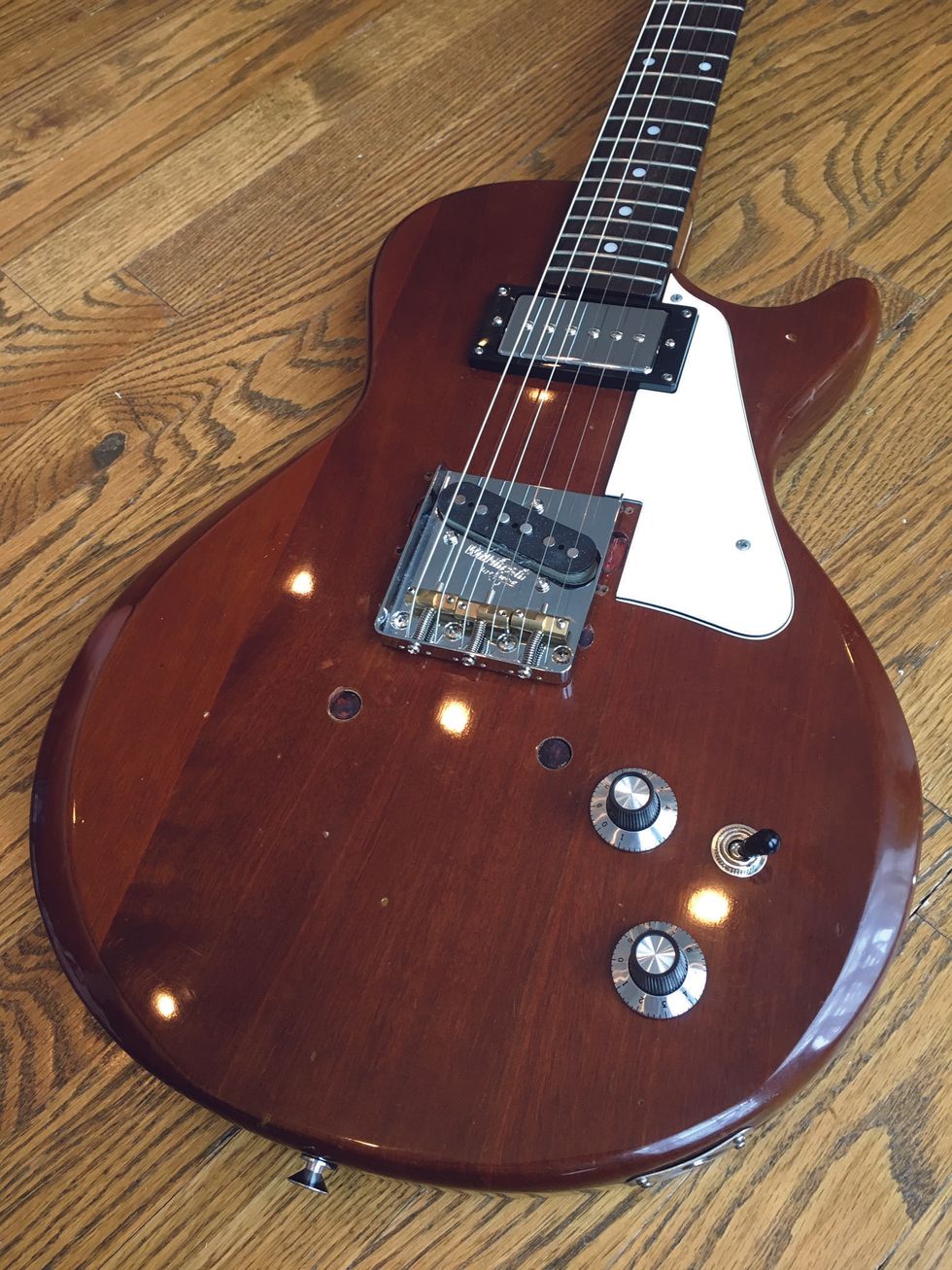
The second project is my Lotus guitar. It started out as a double-humbucker guitar with a Tune-o-matic bridge. I installed a Tele-style bridge and pickup, and a P-90 in the neck position. It’s now a string-through body. I handmade a hardwood shim for the neck pocket to make the neck angle suitable for the lower bridge. It has all new electronics, including CTS pots, orange drop capacitors, etc. Great mag, by the way!
Matt Dunn: Best of Both Worlds
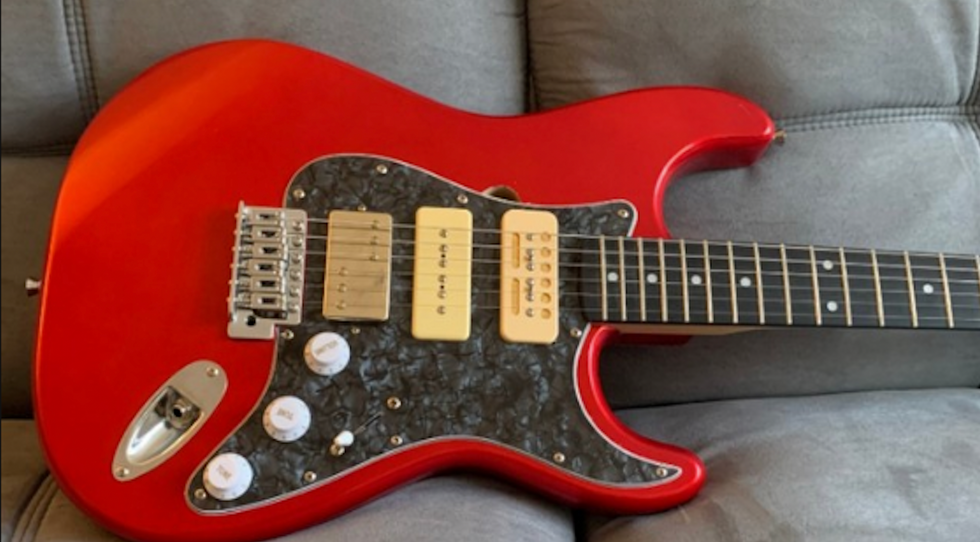
This guitar started its life as a cheap Strat copy under the Stadium brand. I’ve always loved HSS Strats because of how versatile they are in terms of sonic possibilities. But you rarely ever see P-90s put into a Strat, let alone P-90s for an HSS configuration! So, I ordered a custom pickguard with the help of WD Music, loaded the guitar with some GFS pickups, and decided to see how a pair of P-90s and a Wide Range-style humbucker would sound. It ended up sounding wonderful, with more of a Gibson flavor than I anticipated or expected. As a Les Paul Junior fan, this guitar provided me the best of both worlds and is quite the conversation starter!
Michael Menkes: Modded Explorer
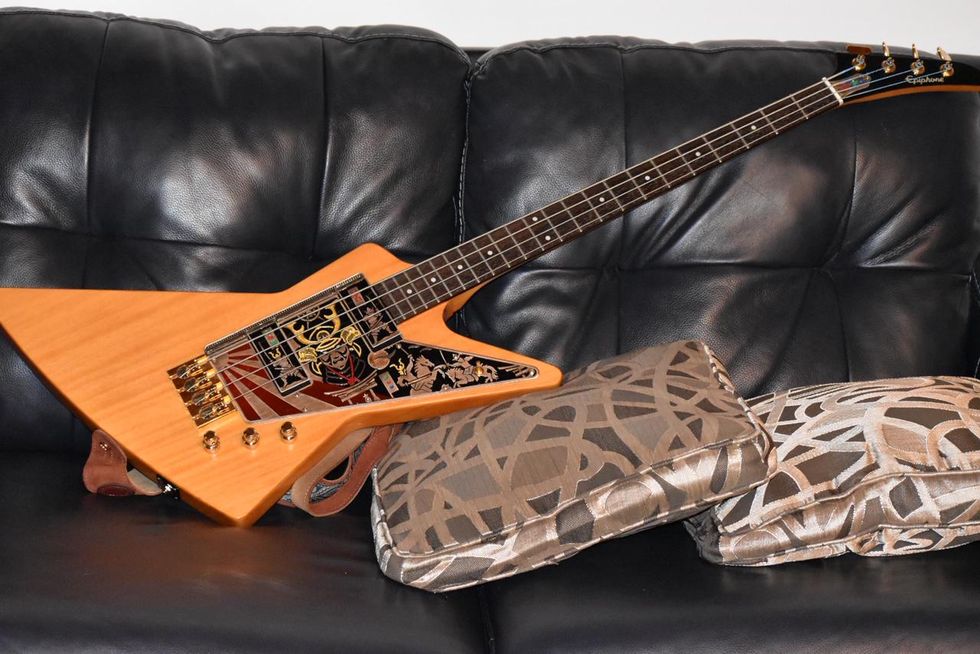
- Hipshot A Bass Bridge with string through
- Bartolini Classic Bass humbuckers
- John East Uni-Pre preamp
- Hipshot D extender tuner
- Alperious Custom pickguard, pickup covers, and truss rod cover
It took a full year to complete! Worth it.
